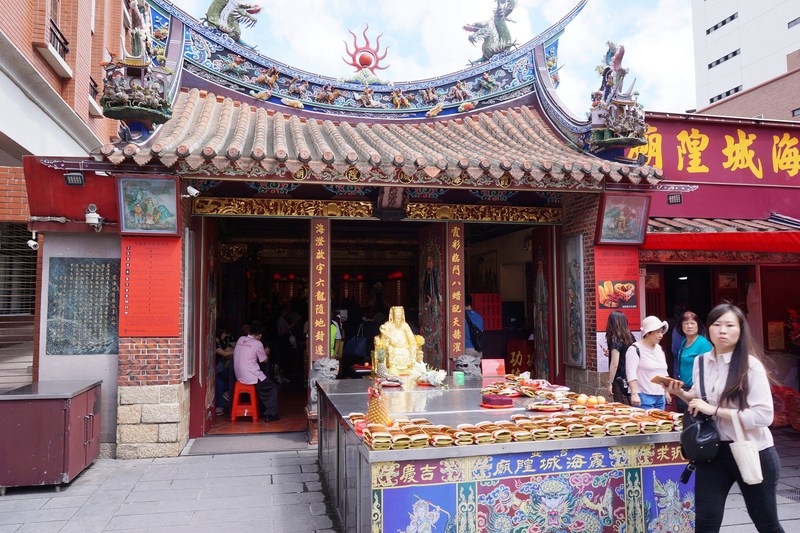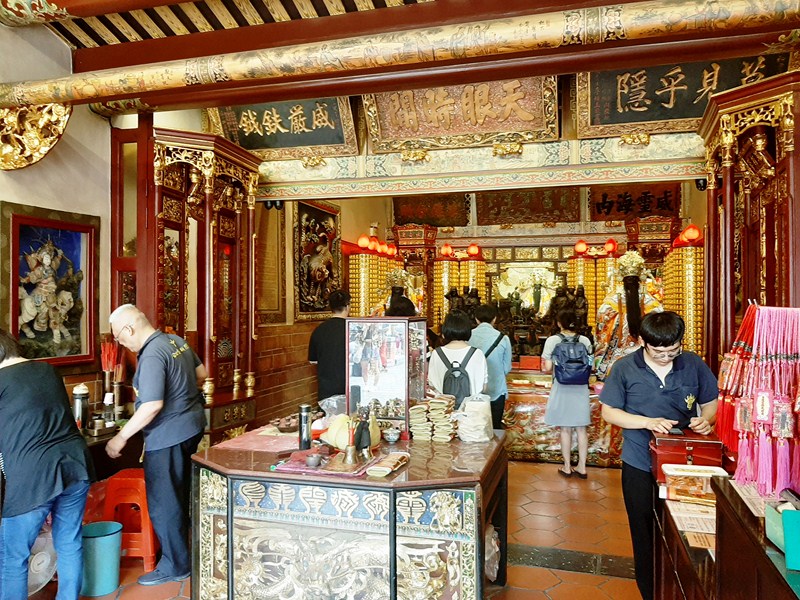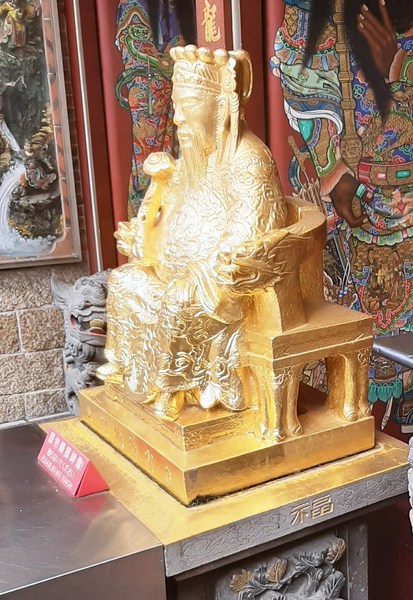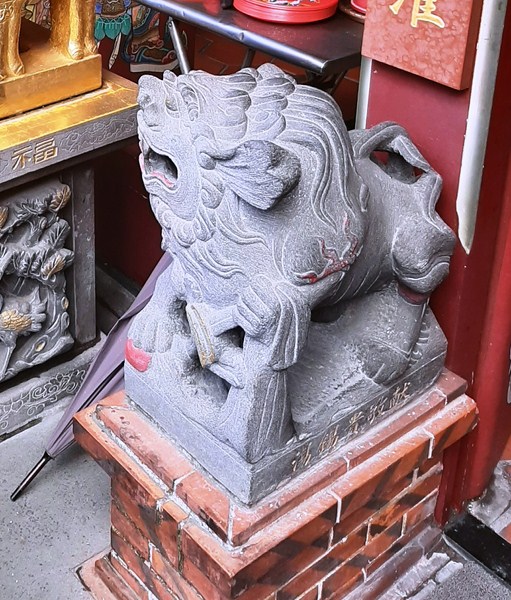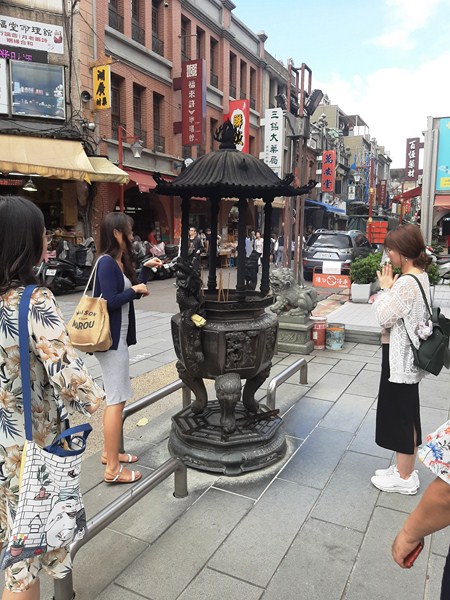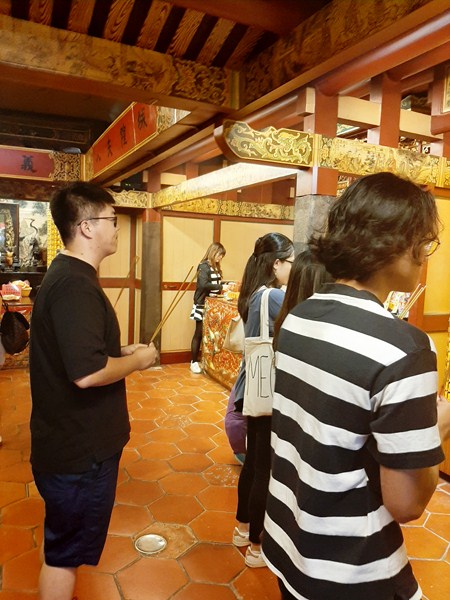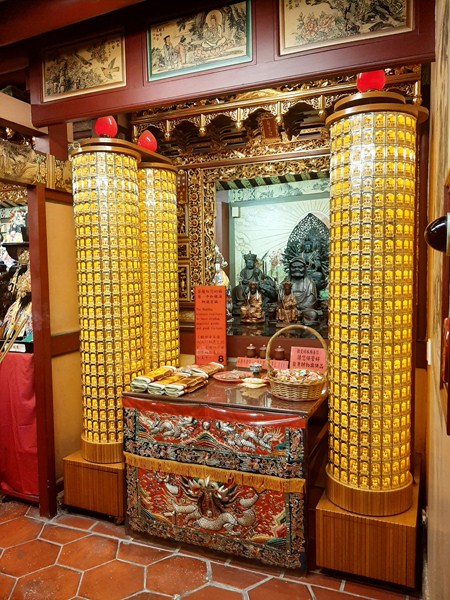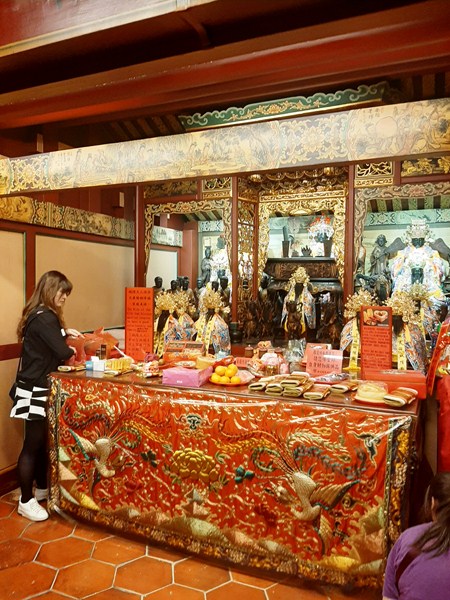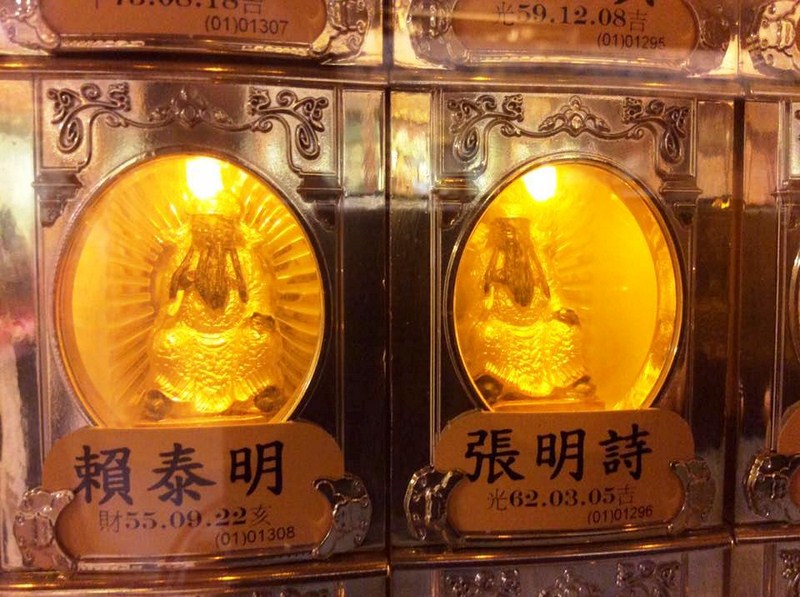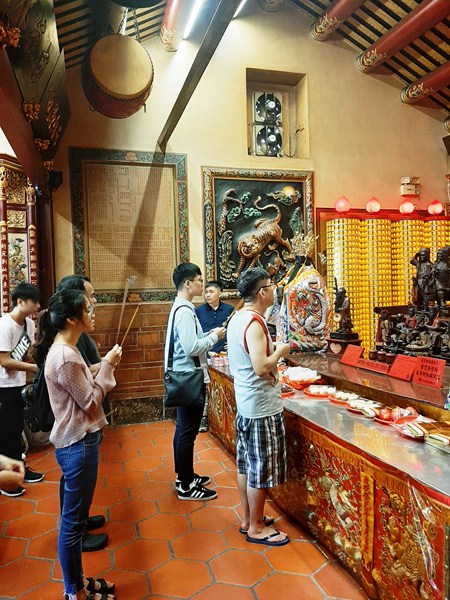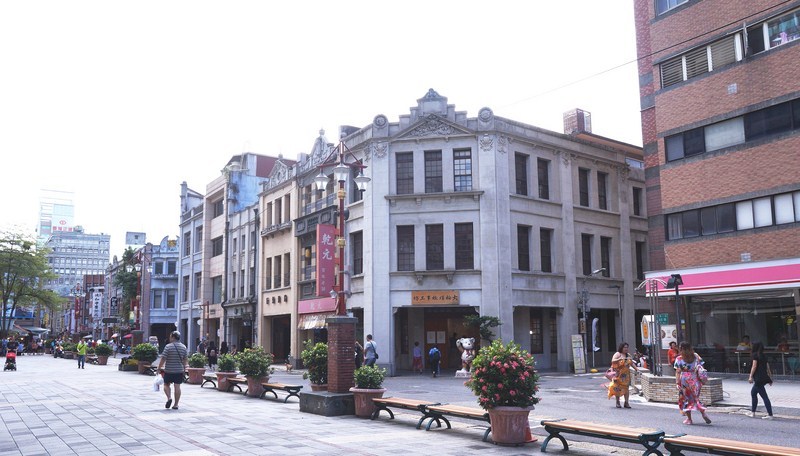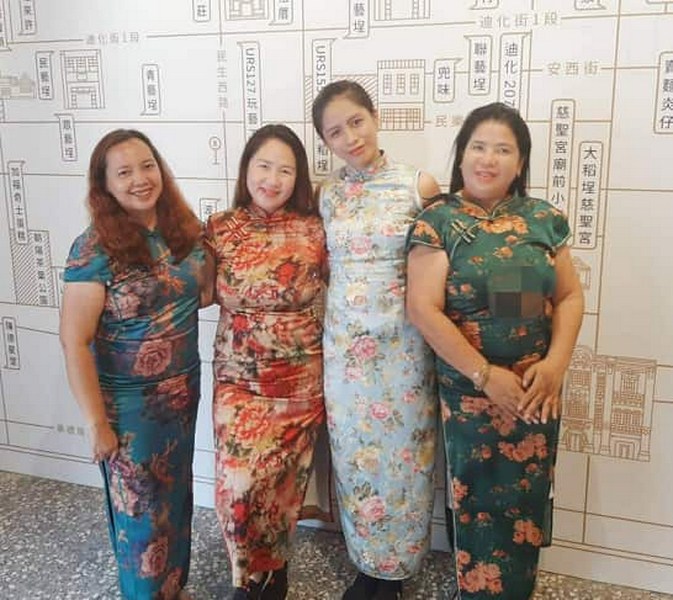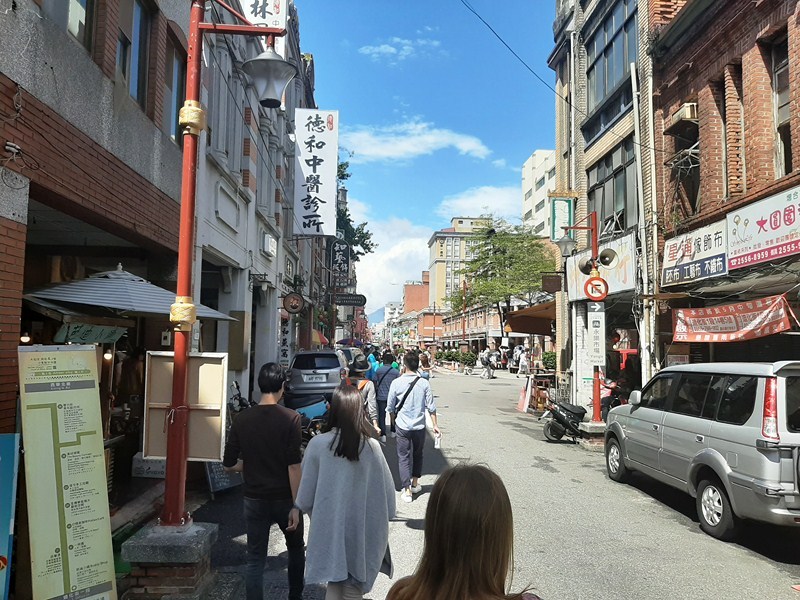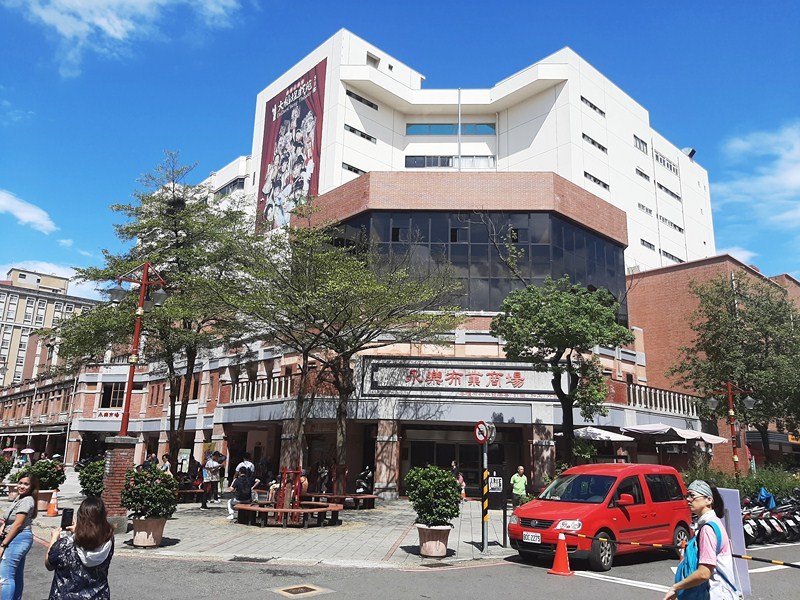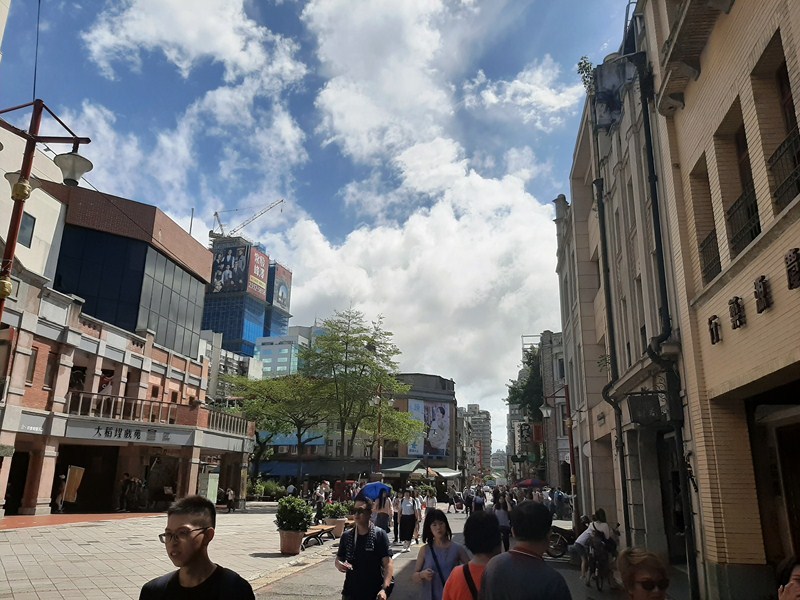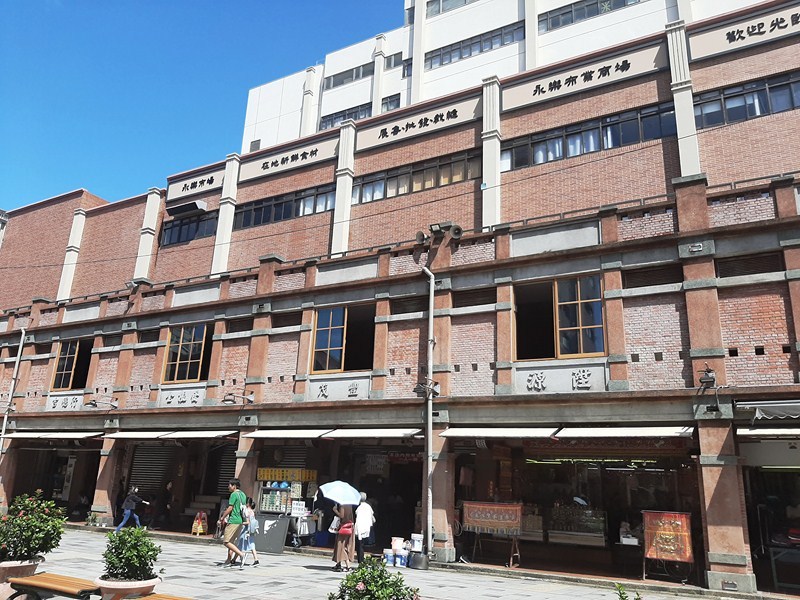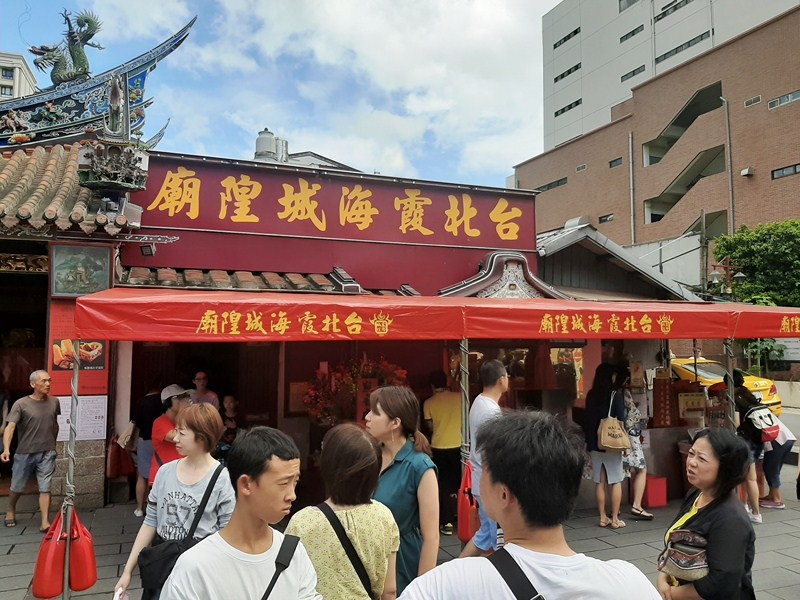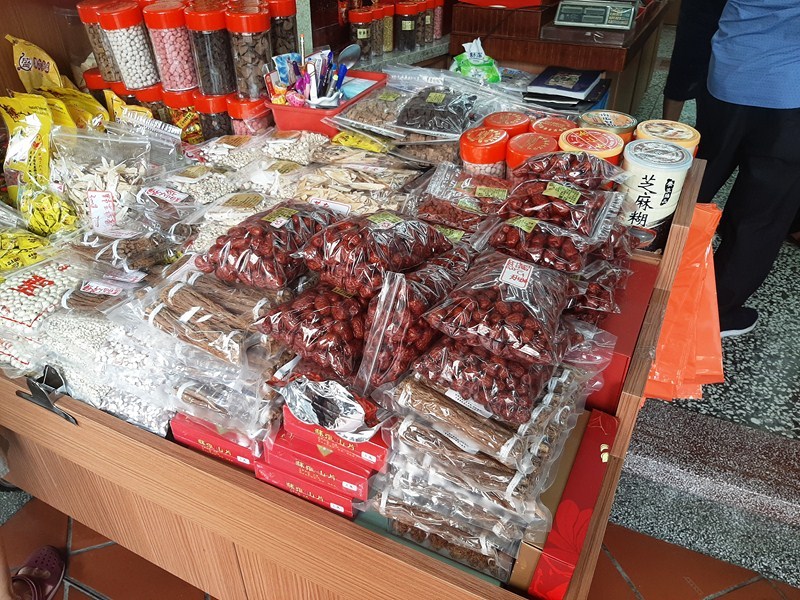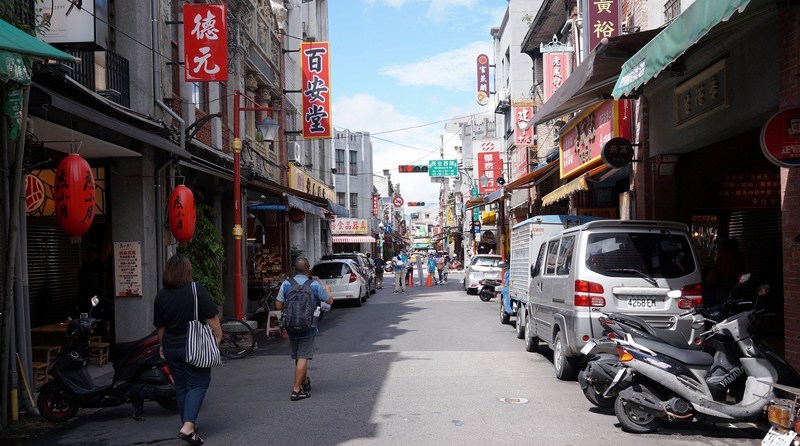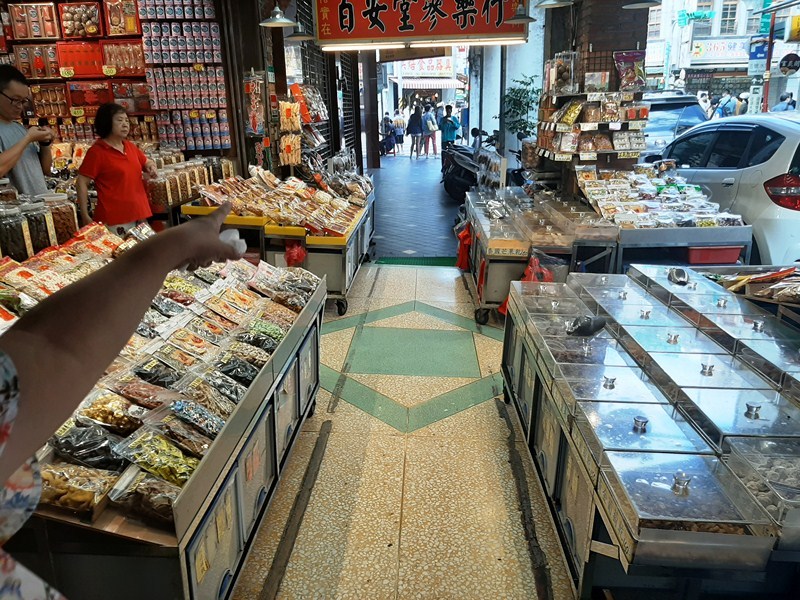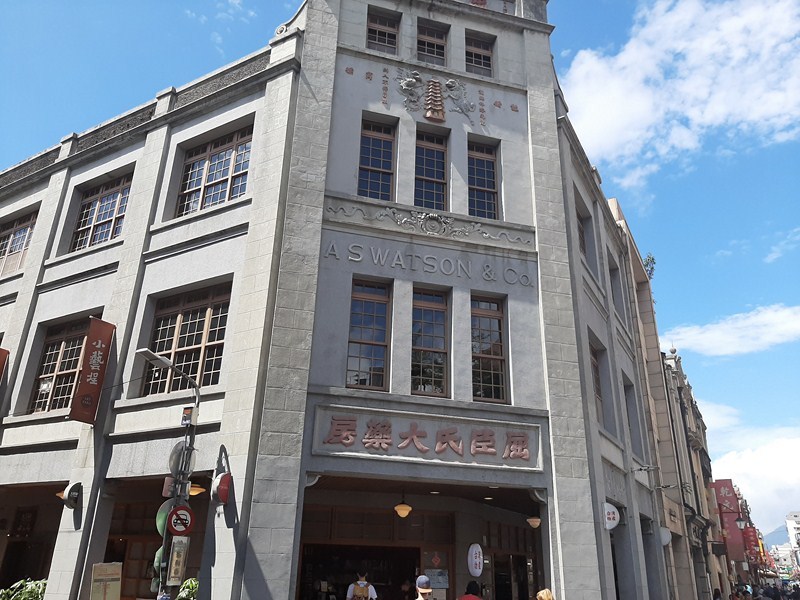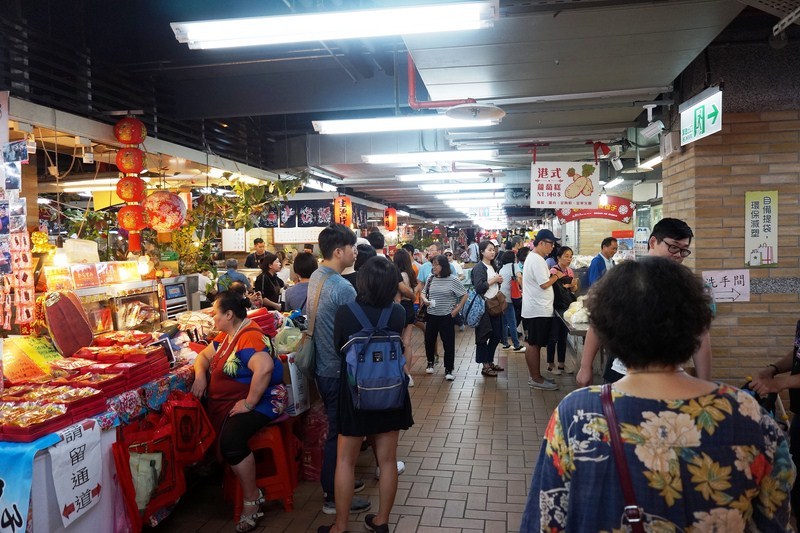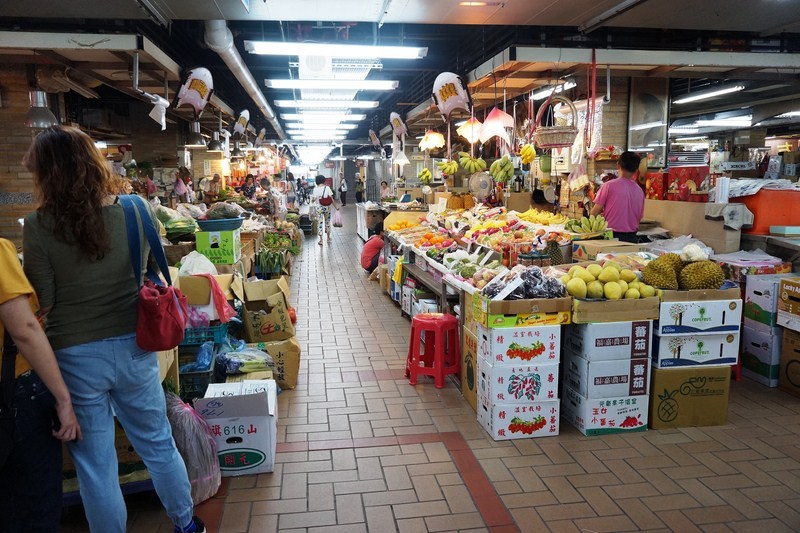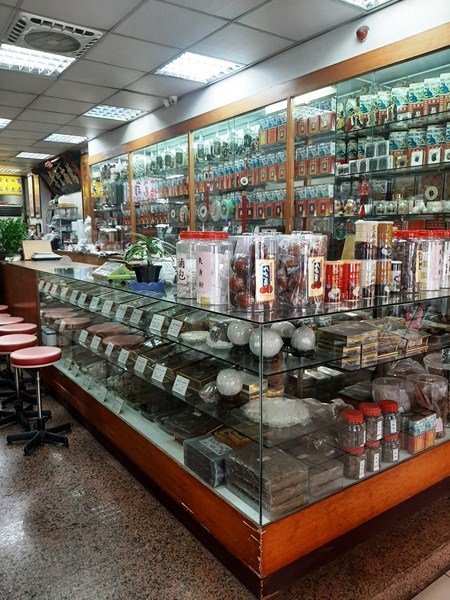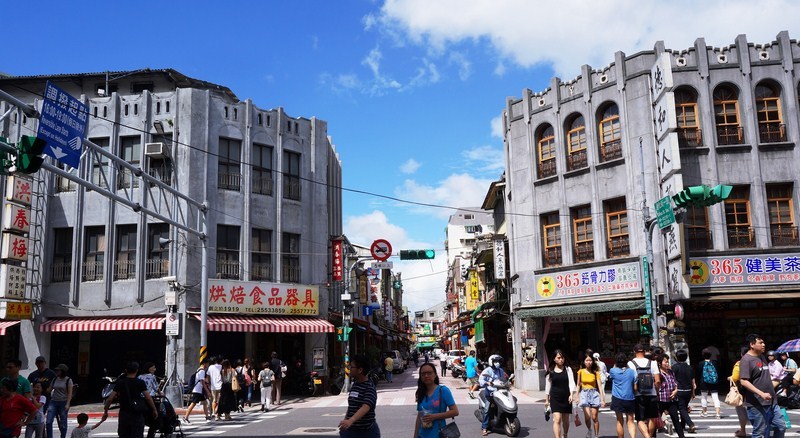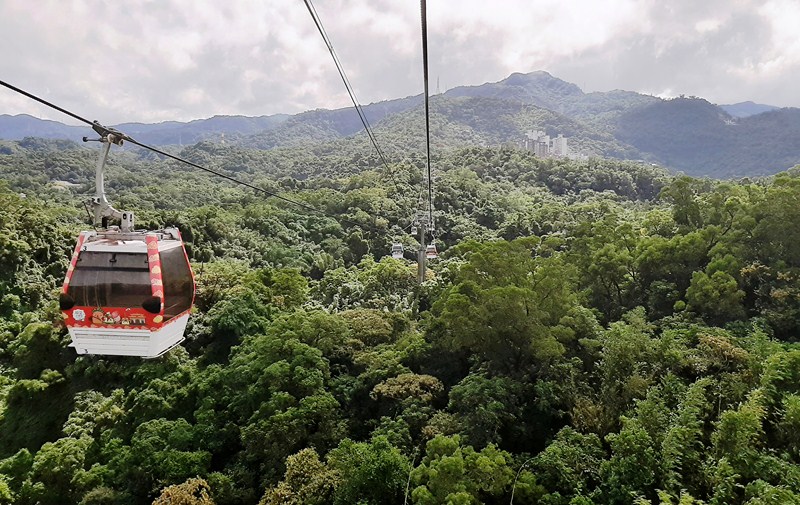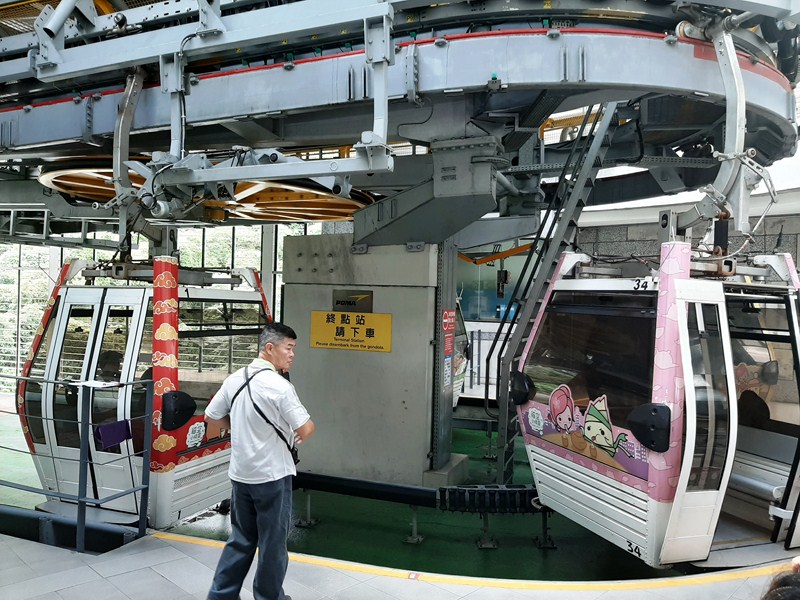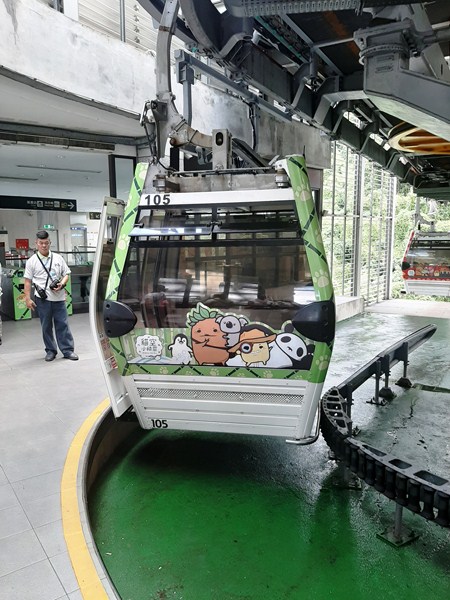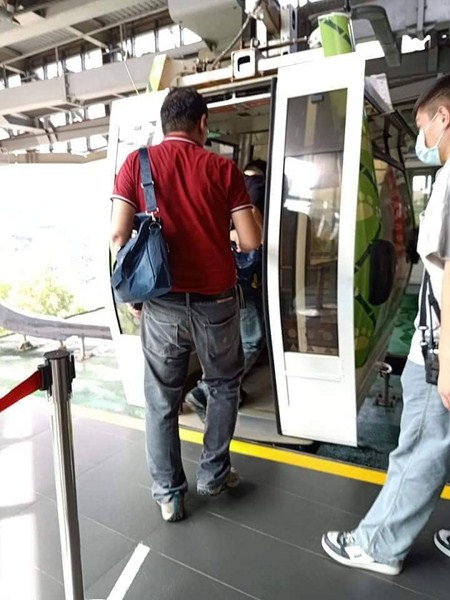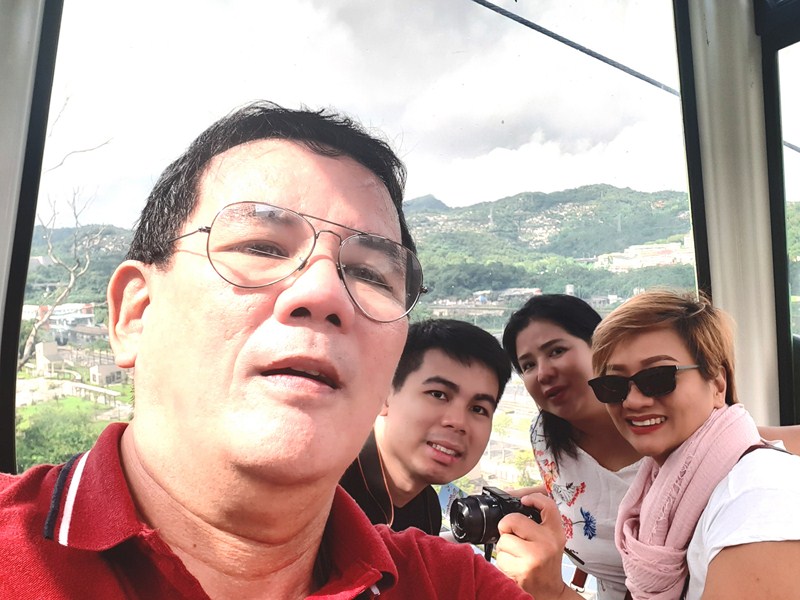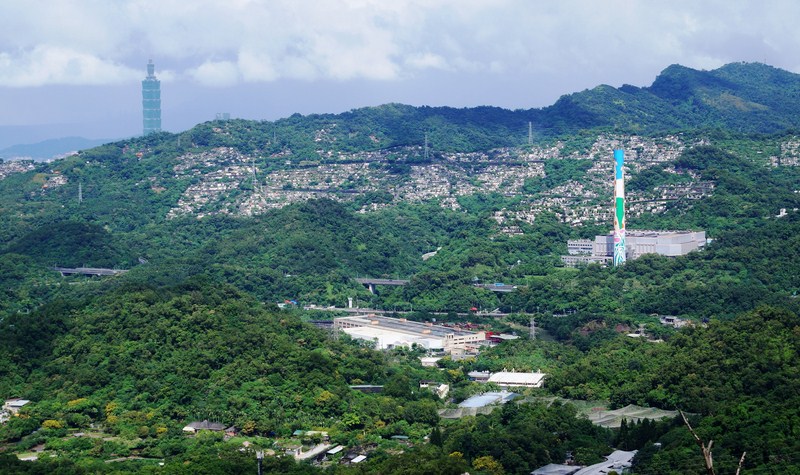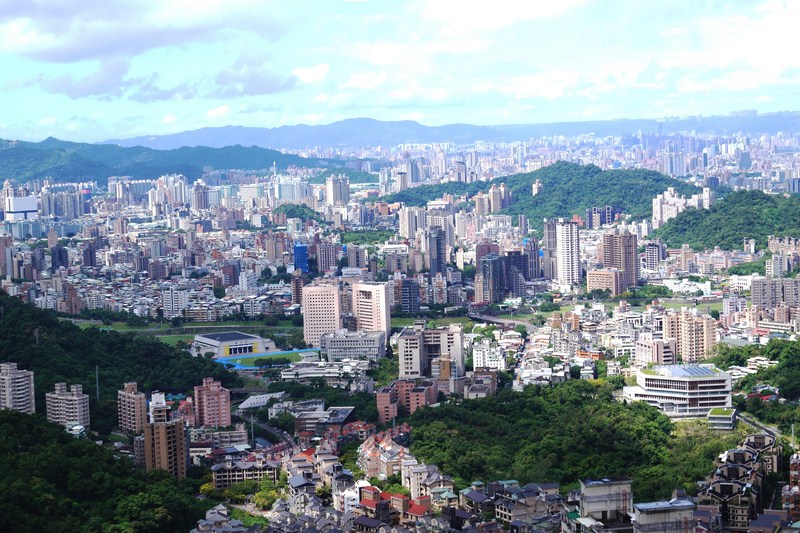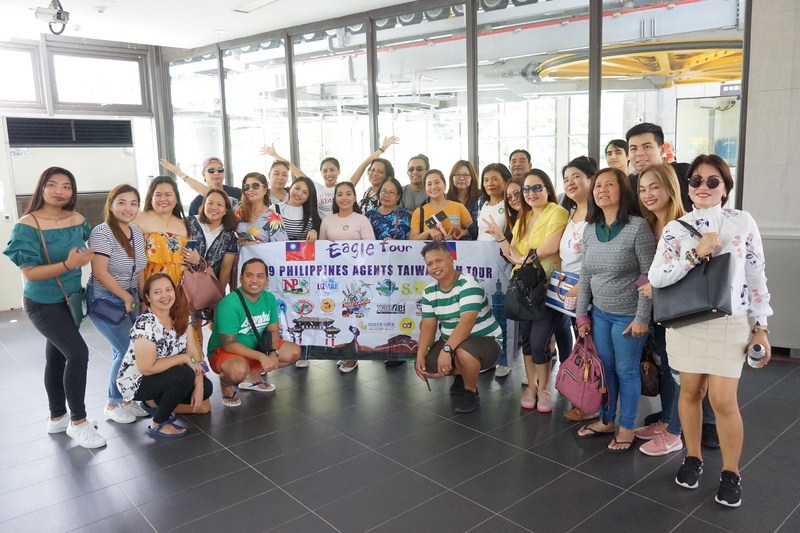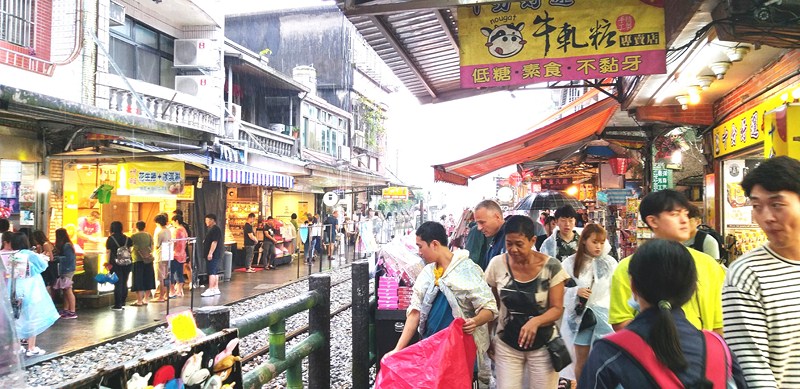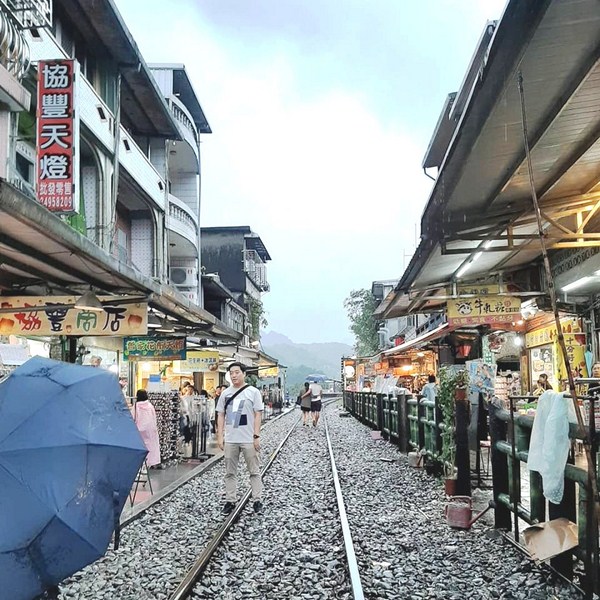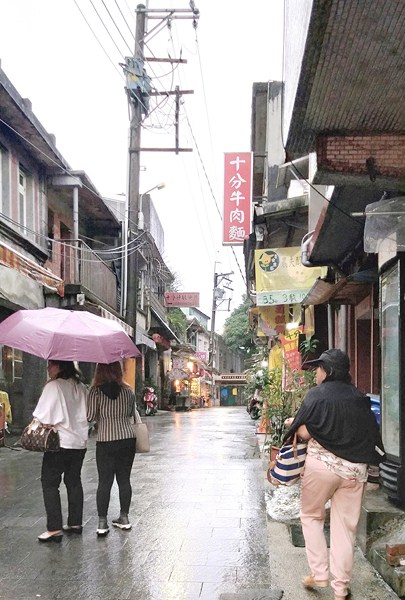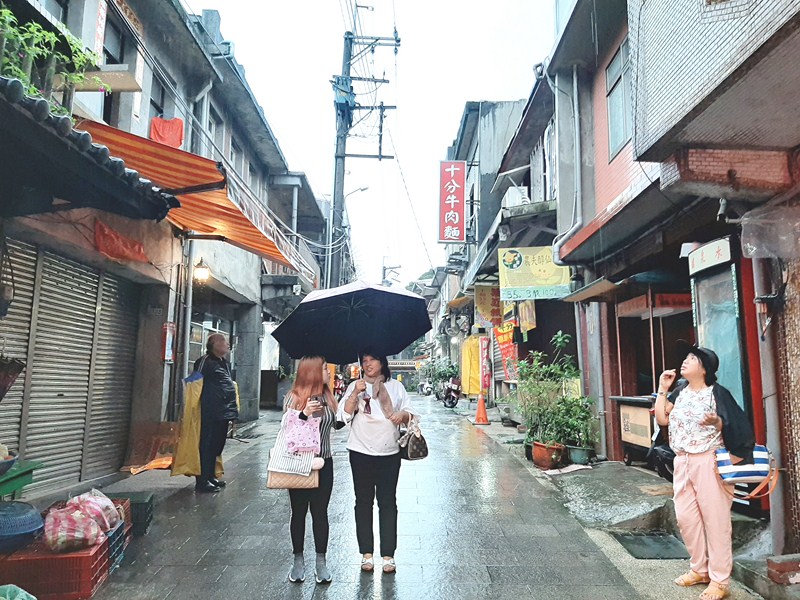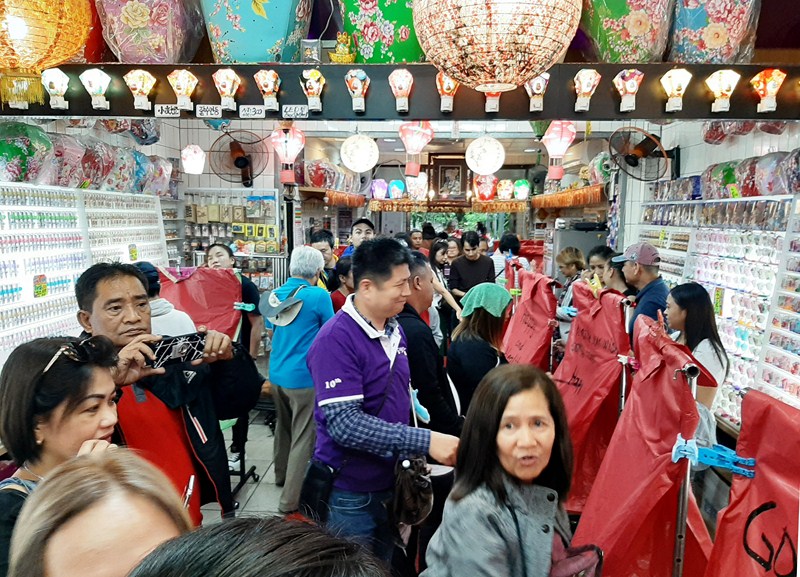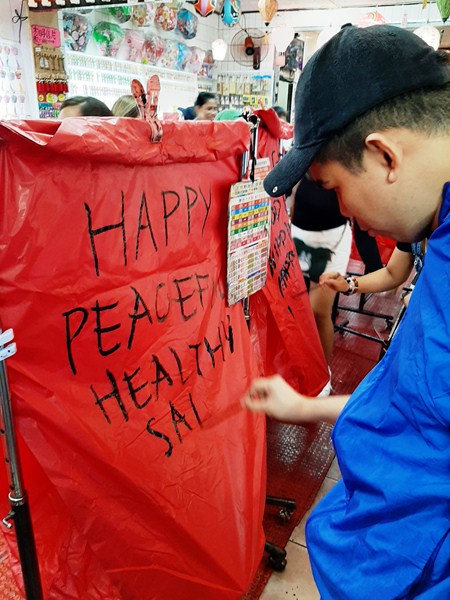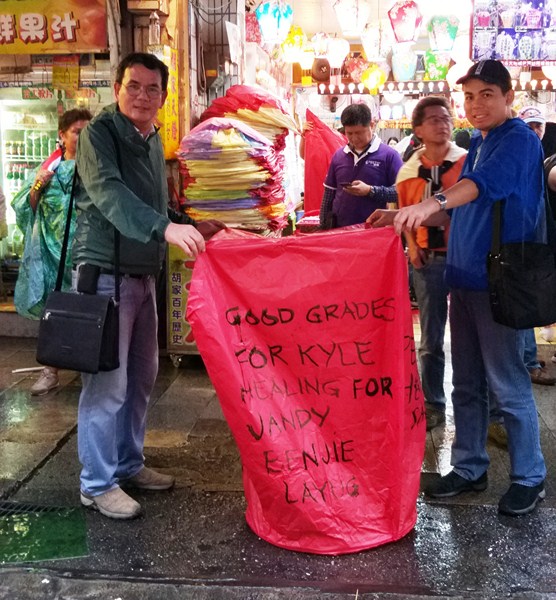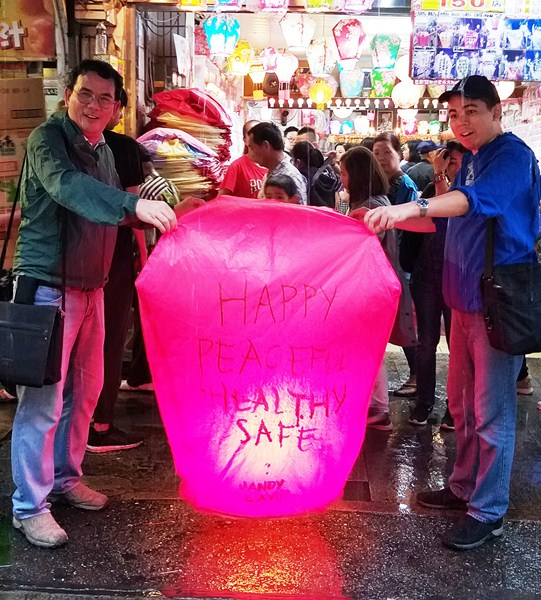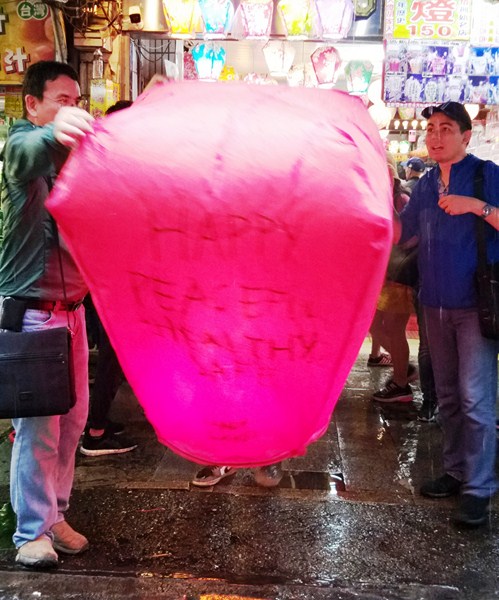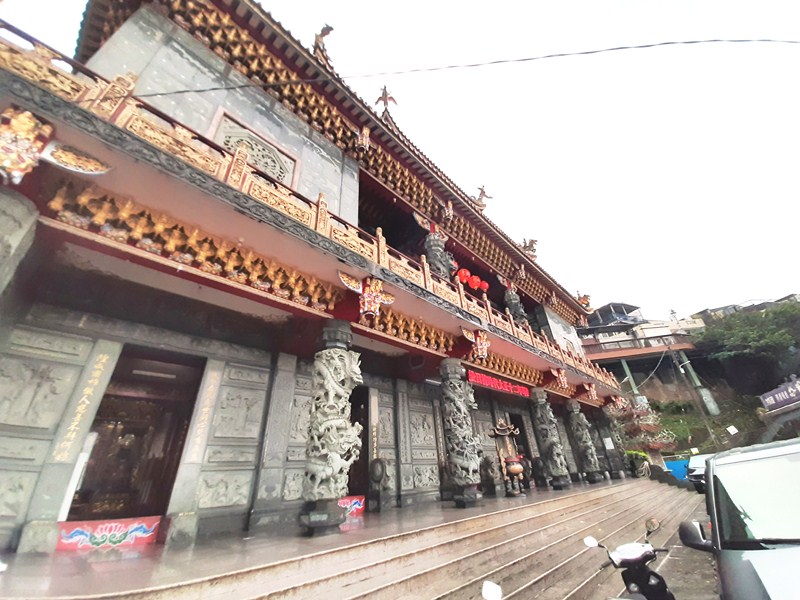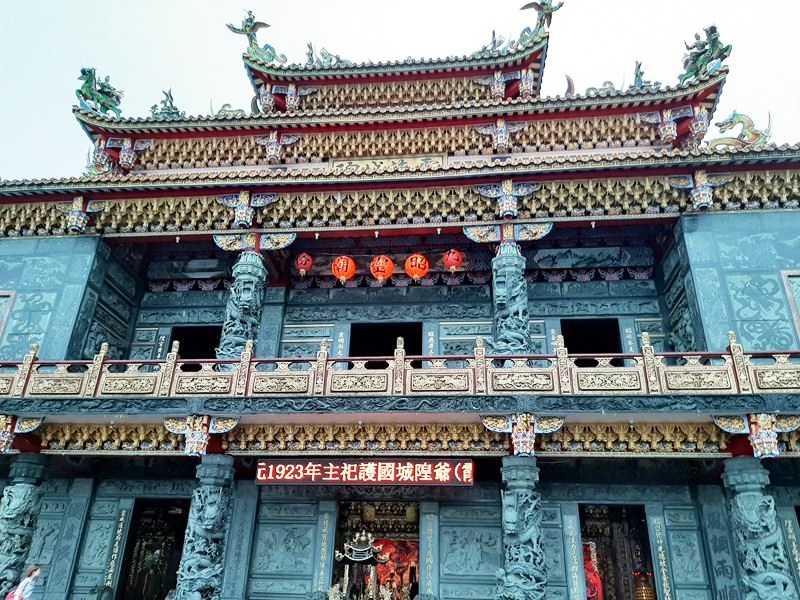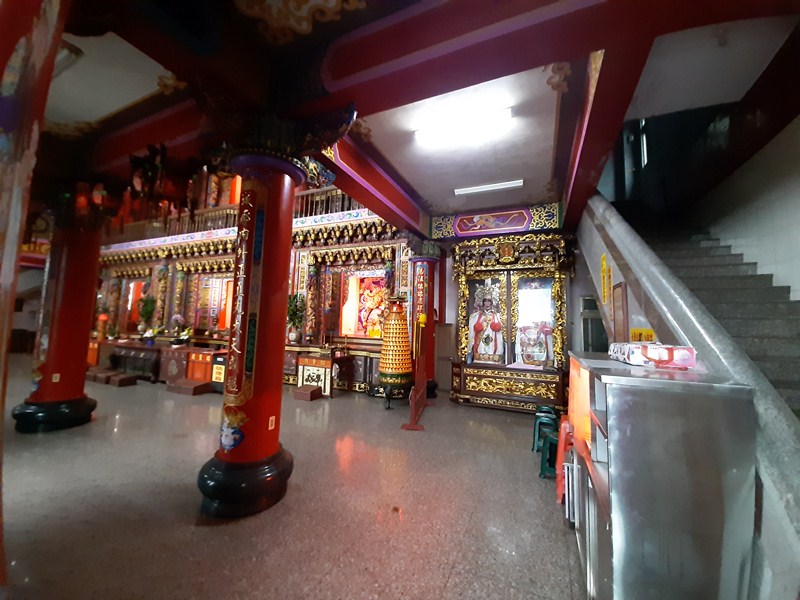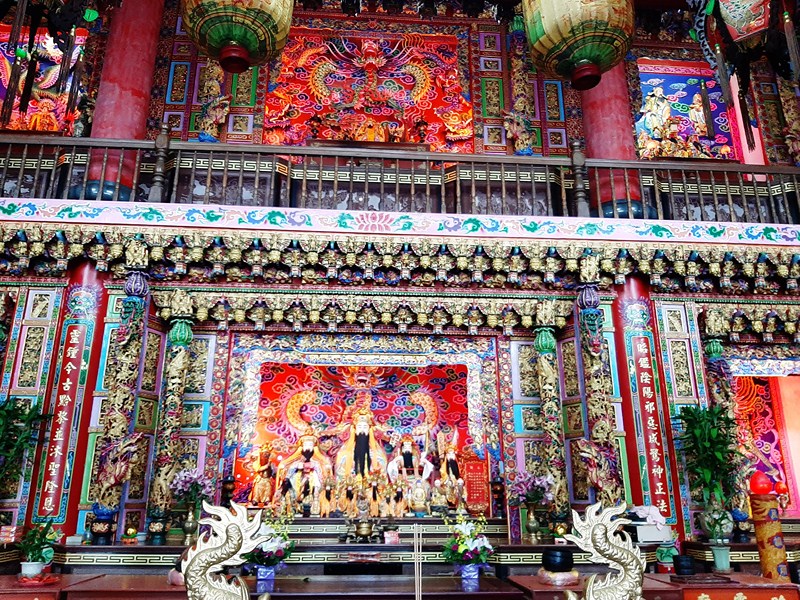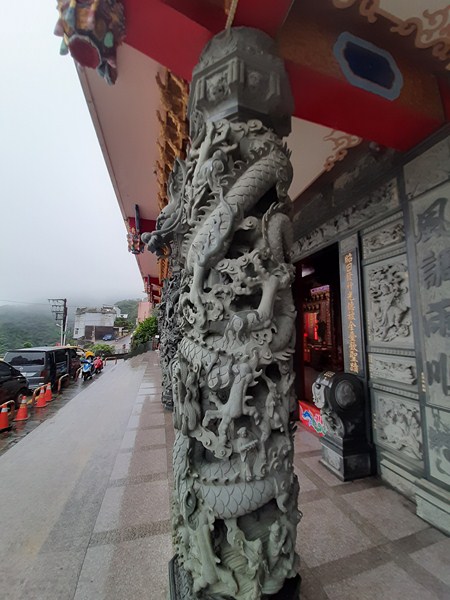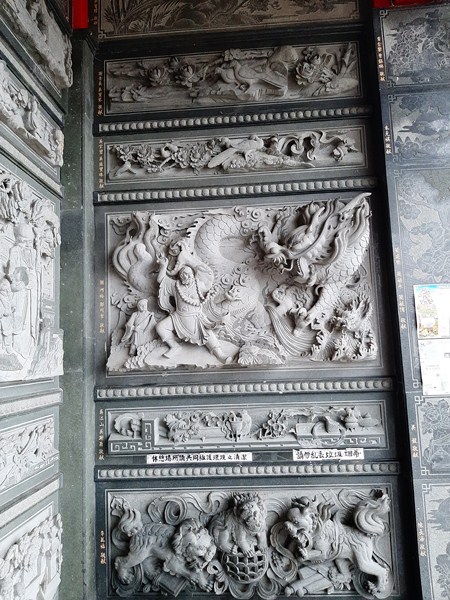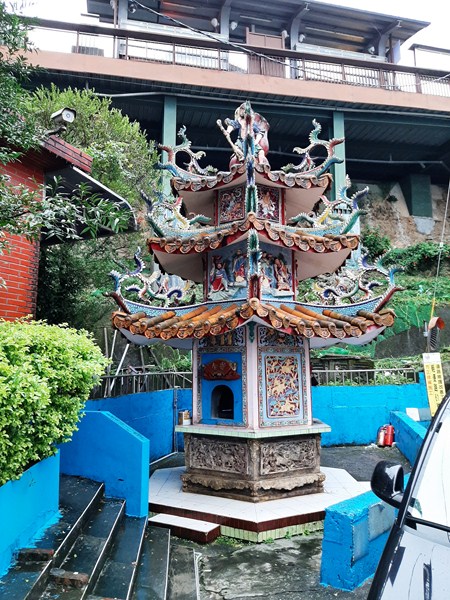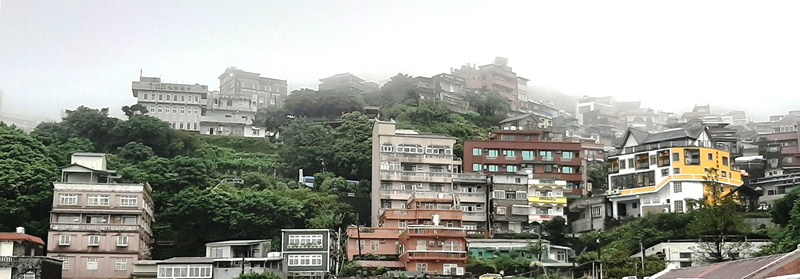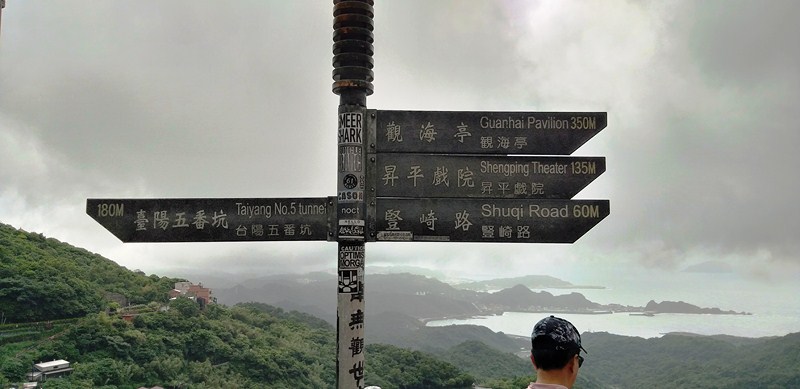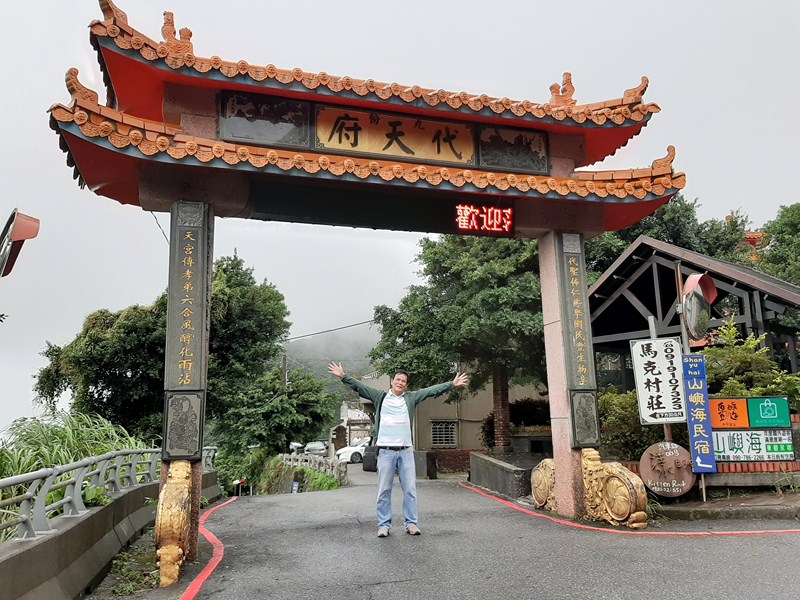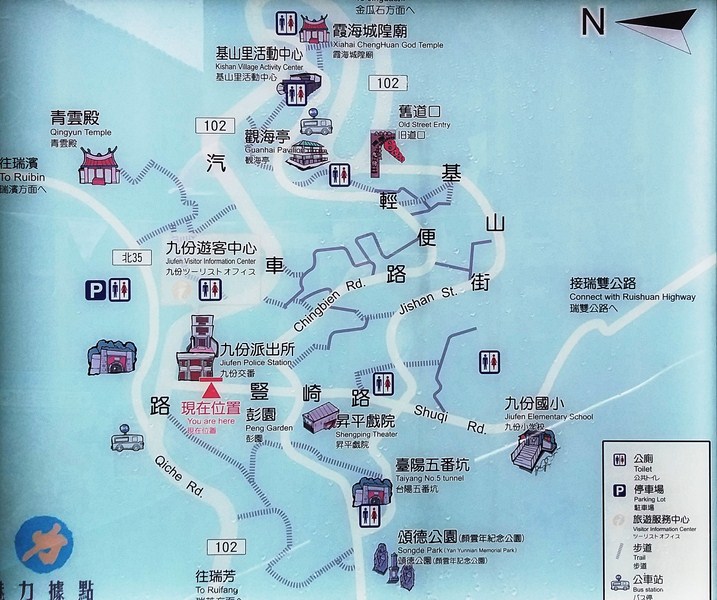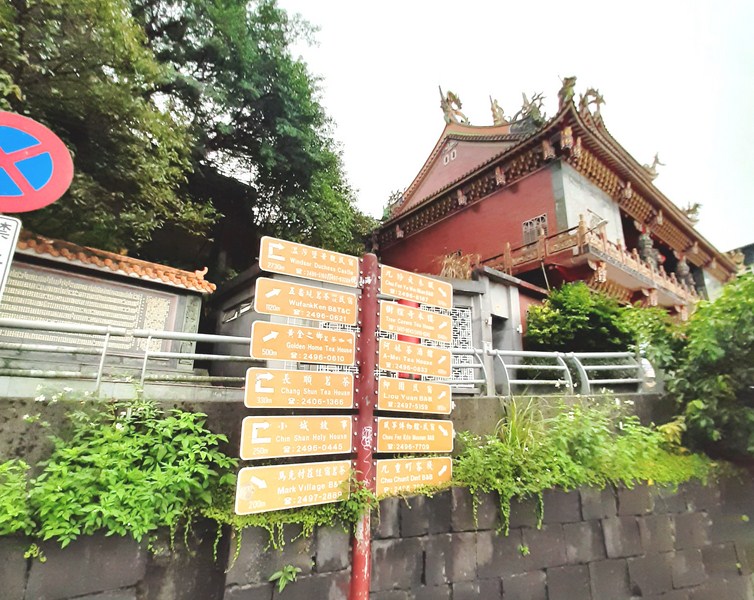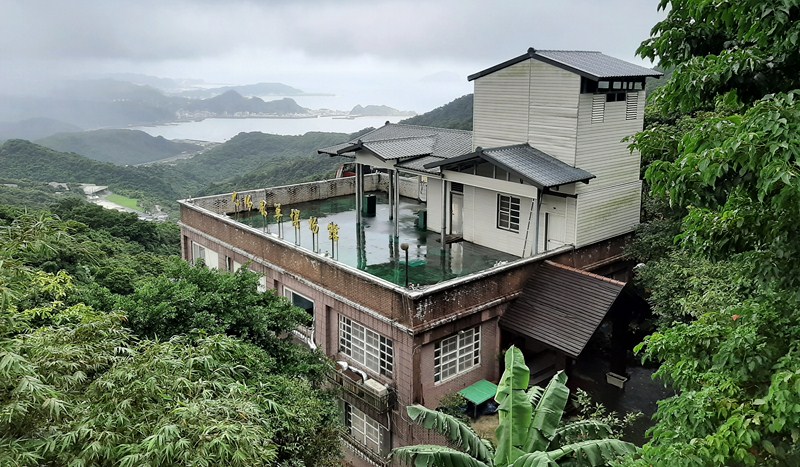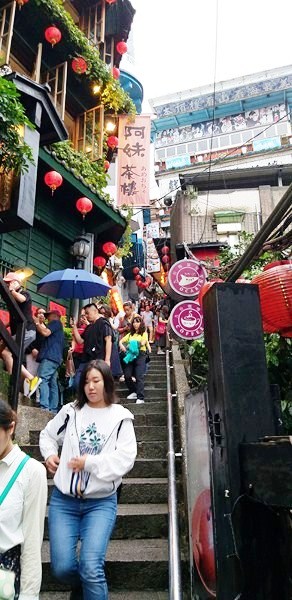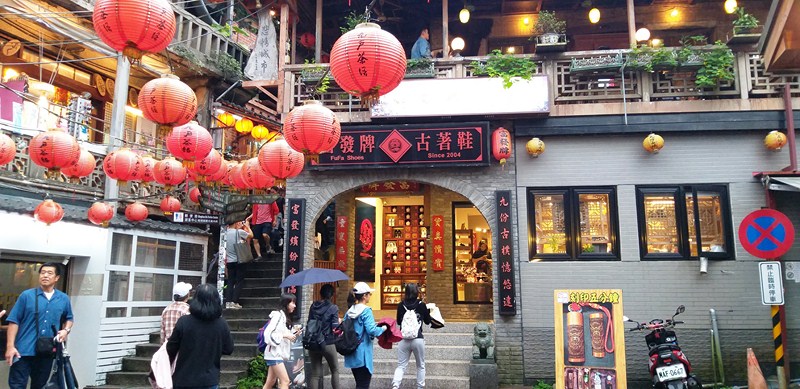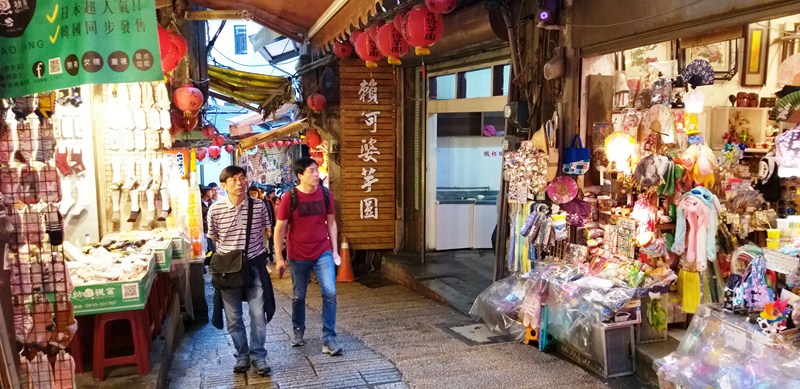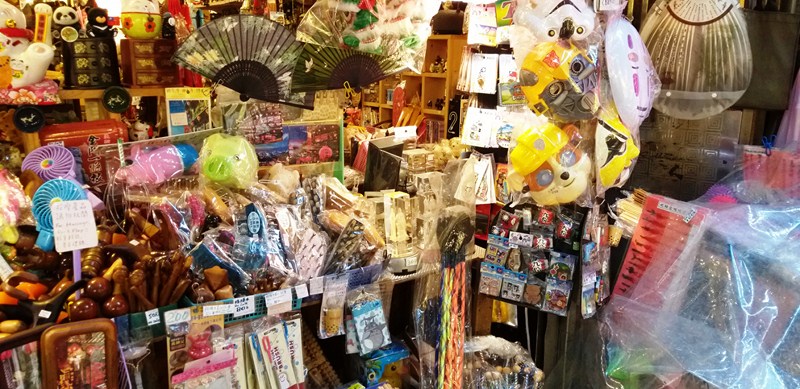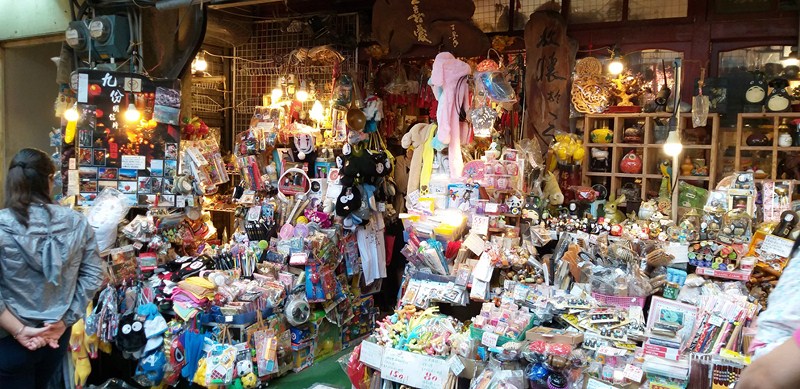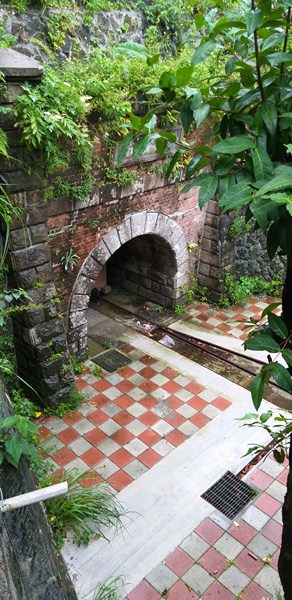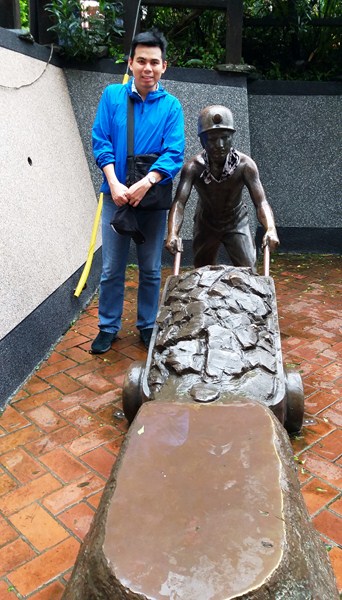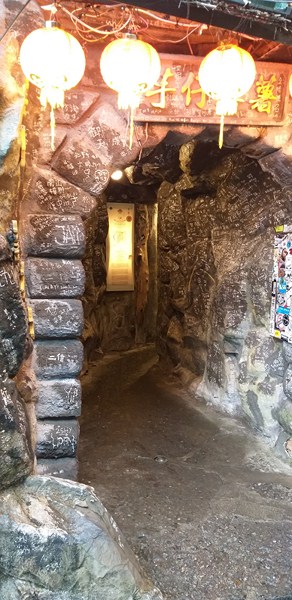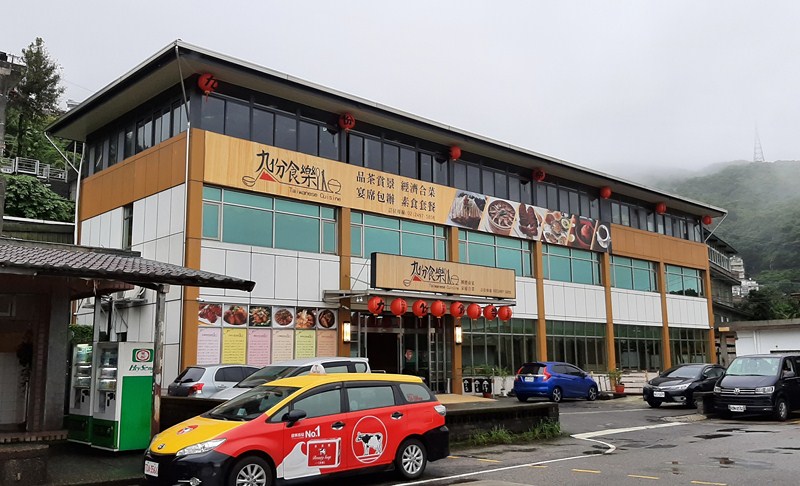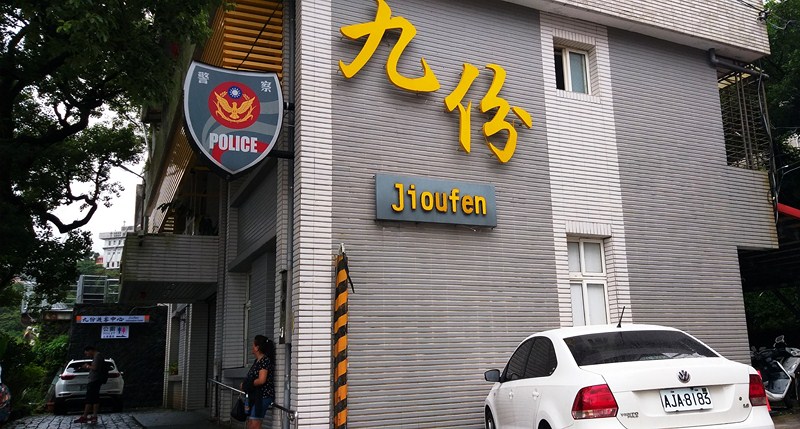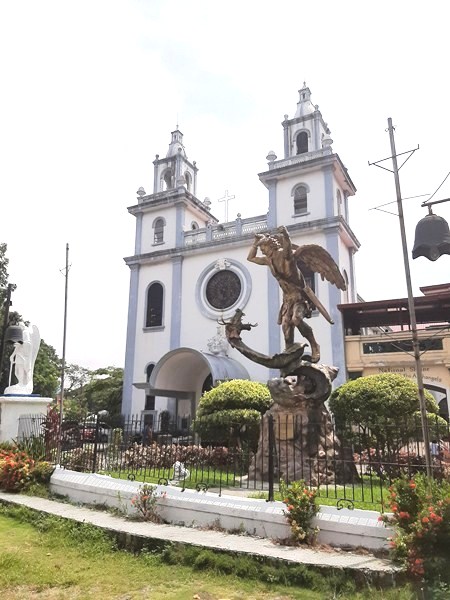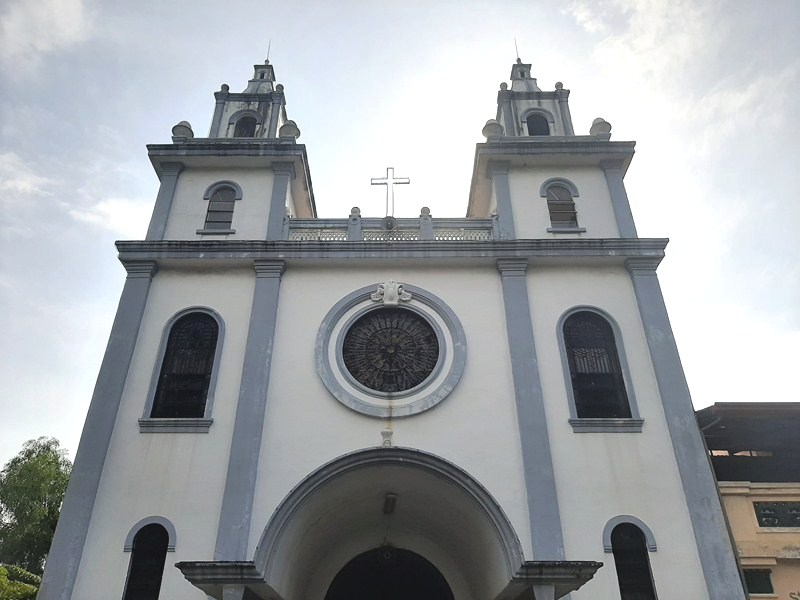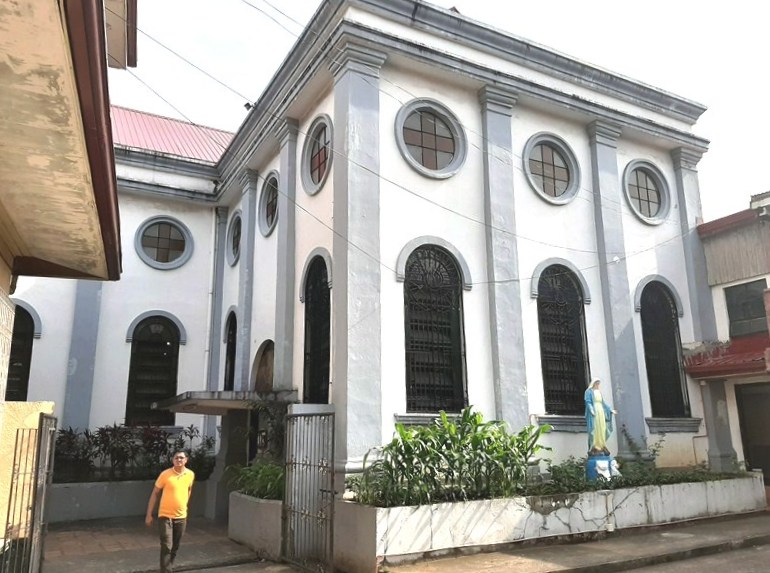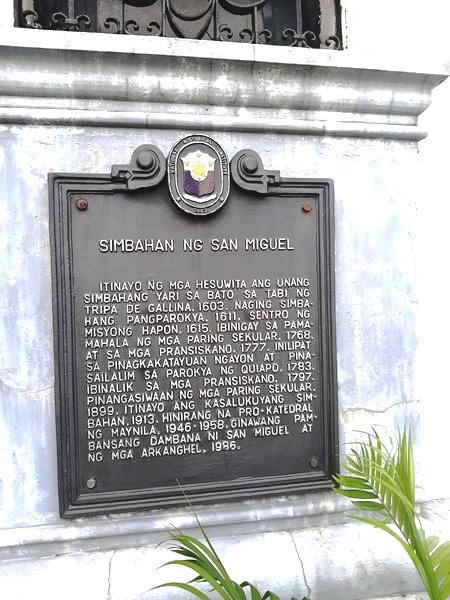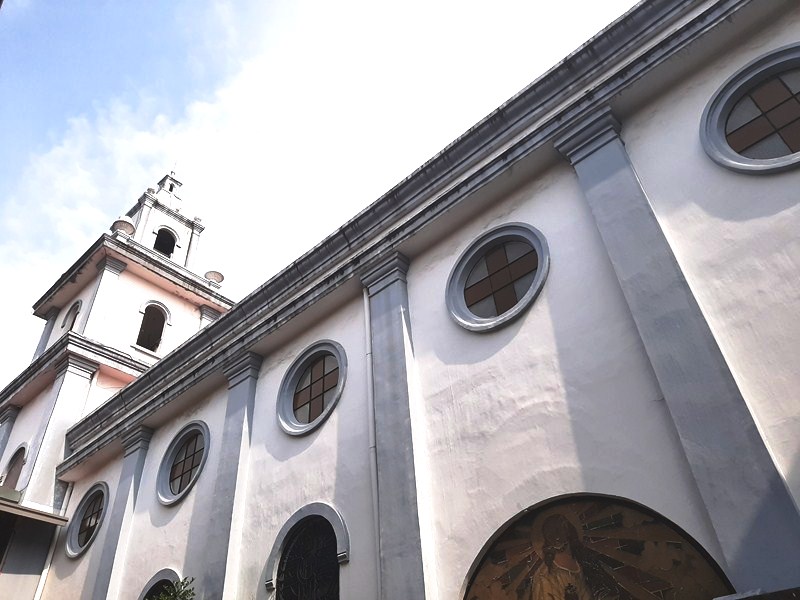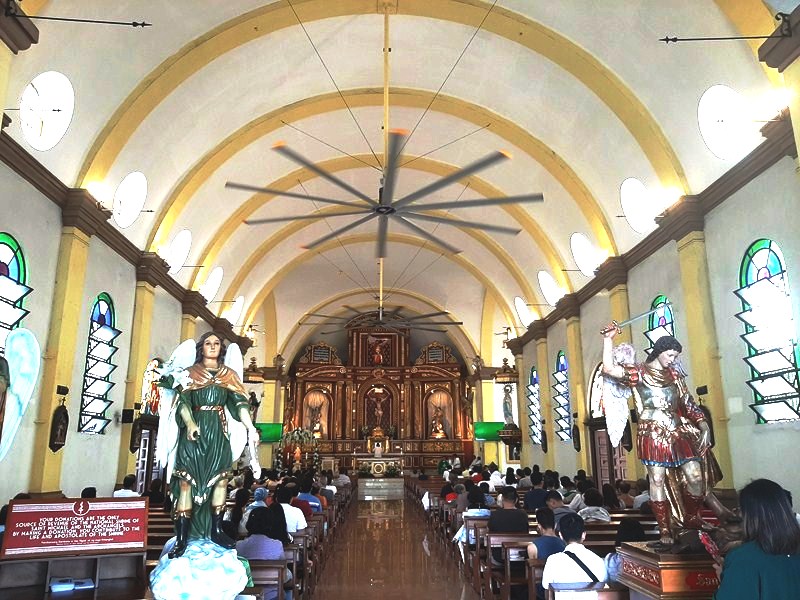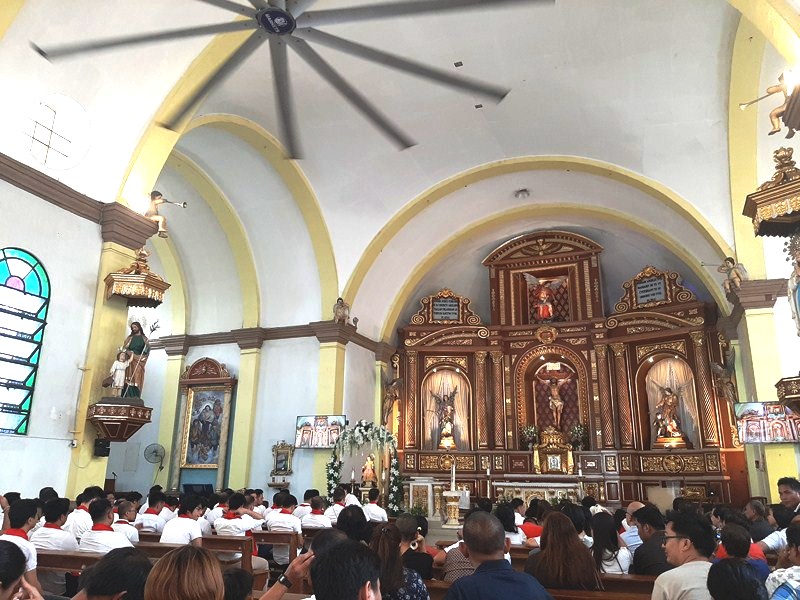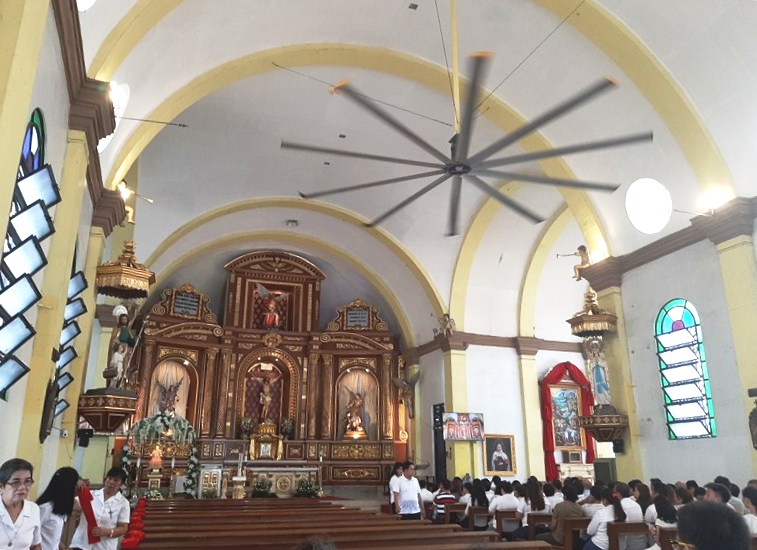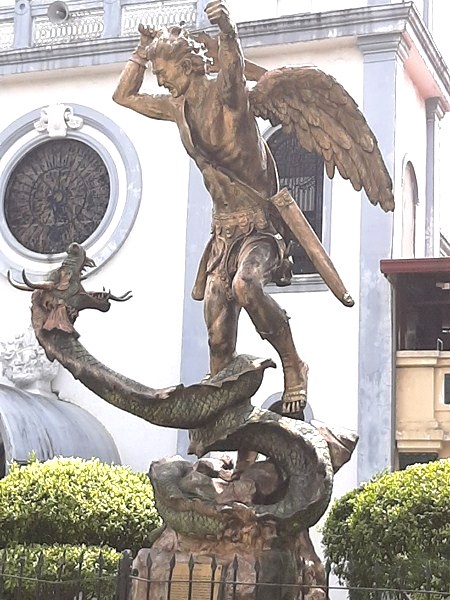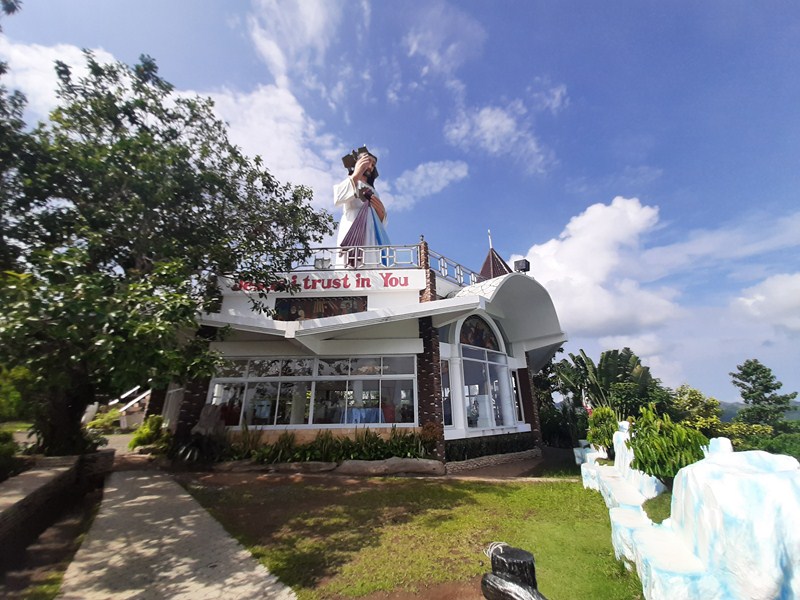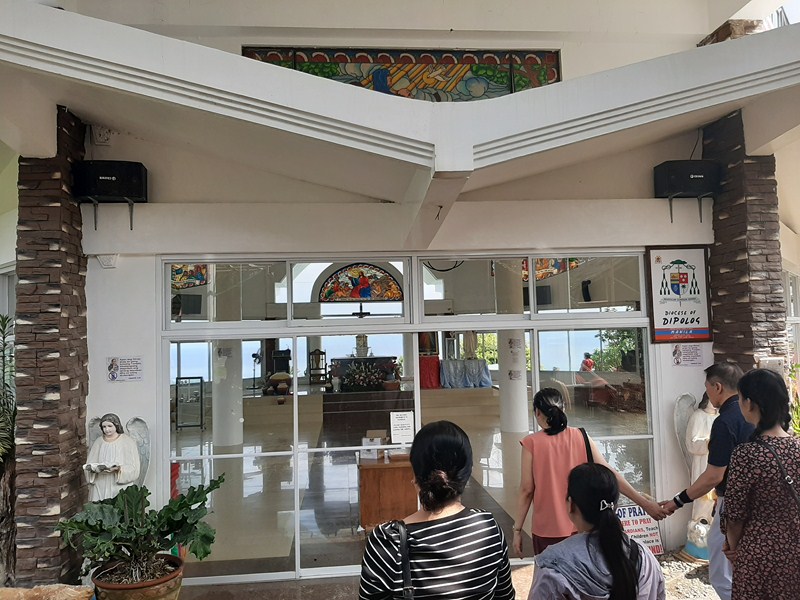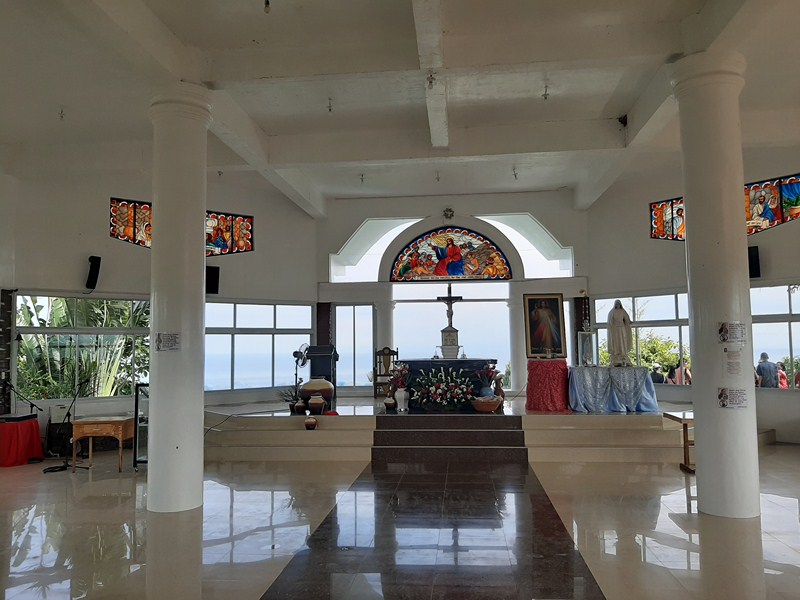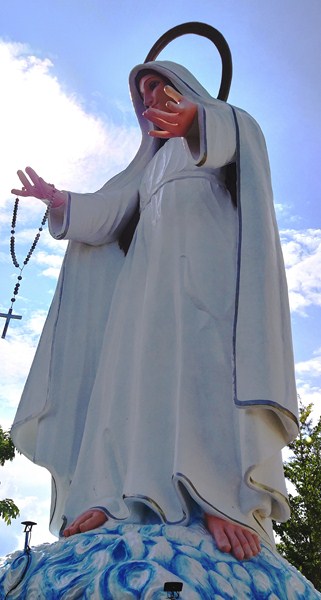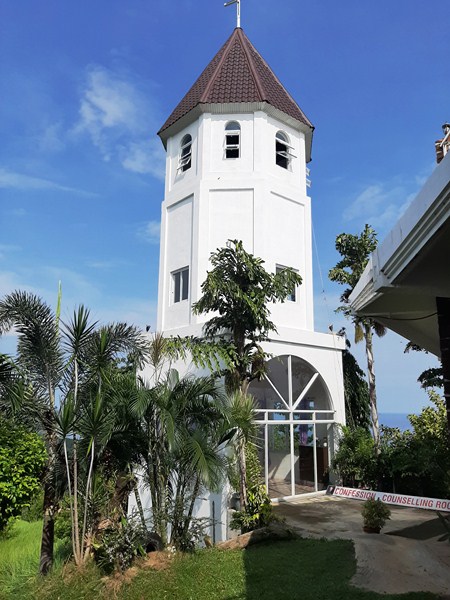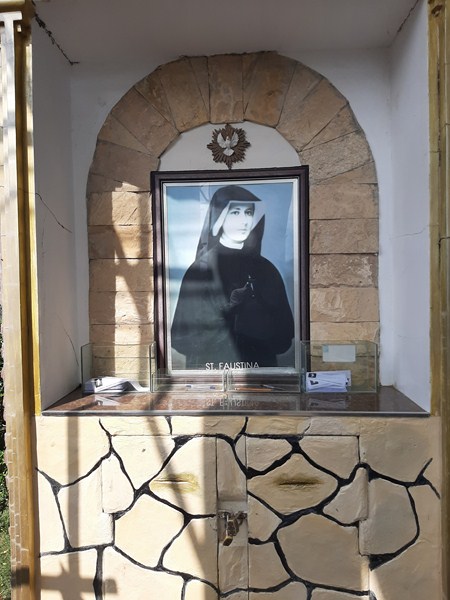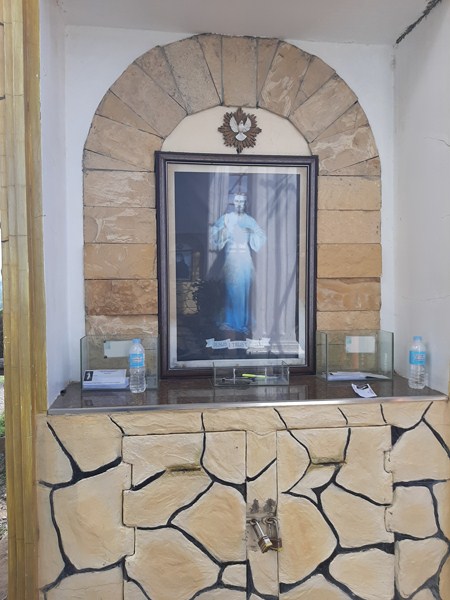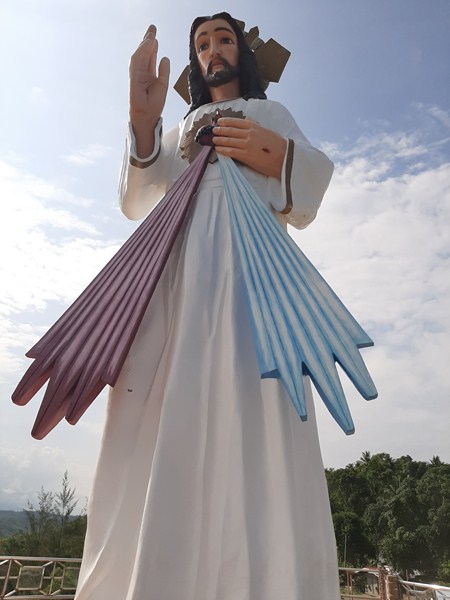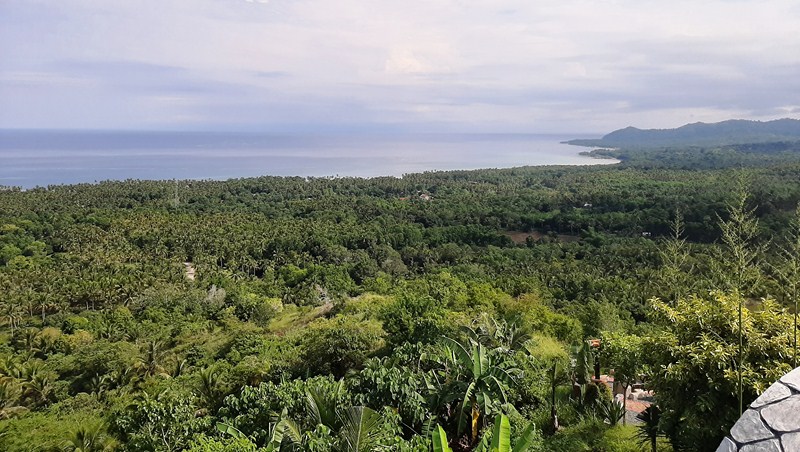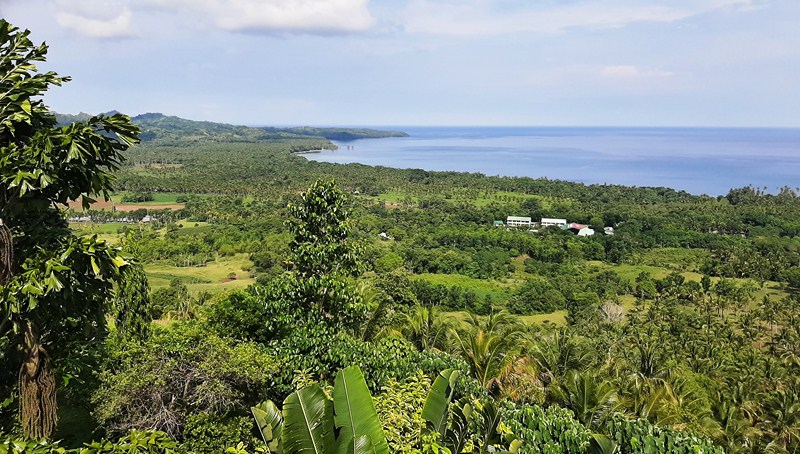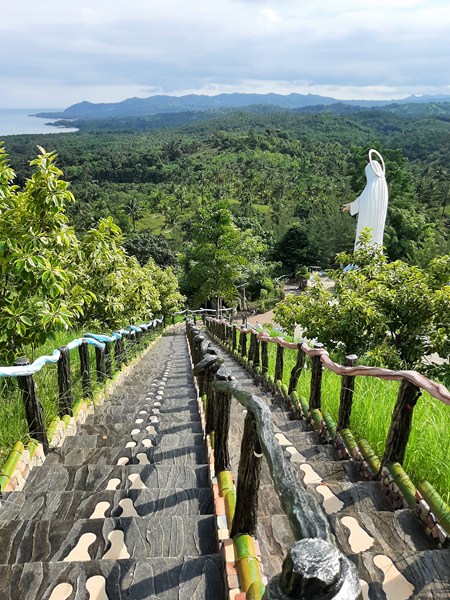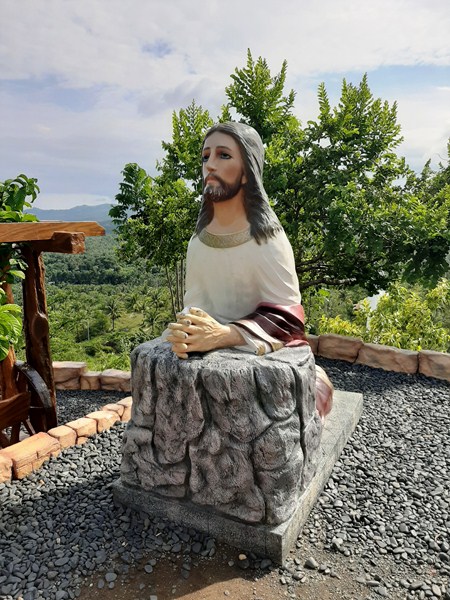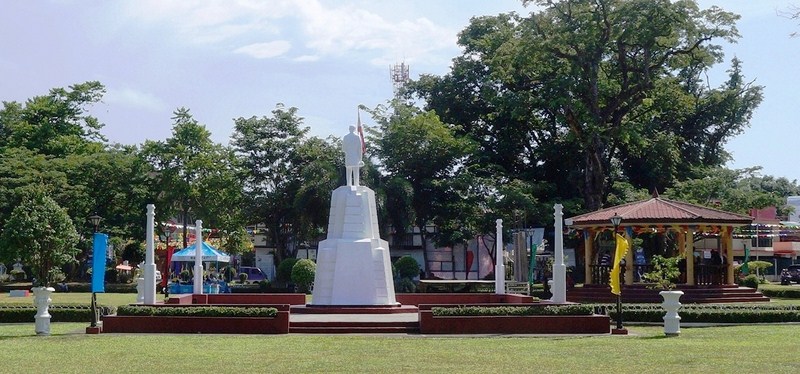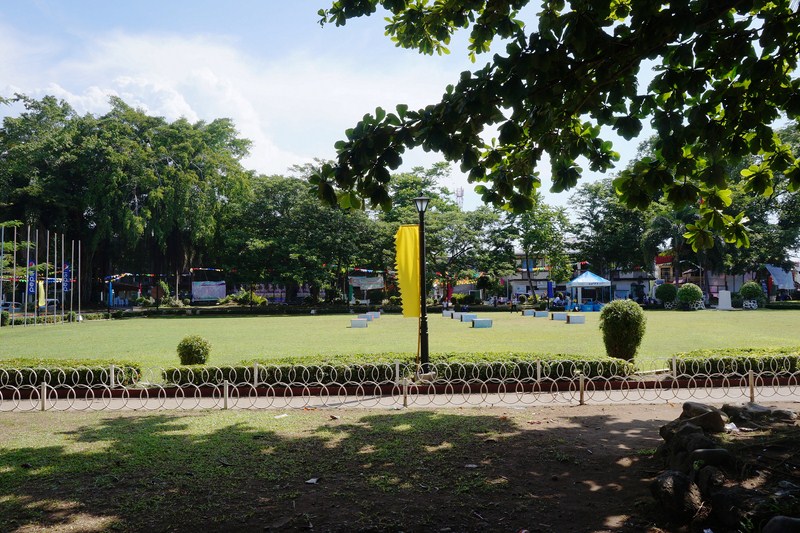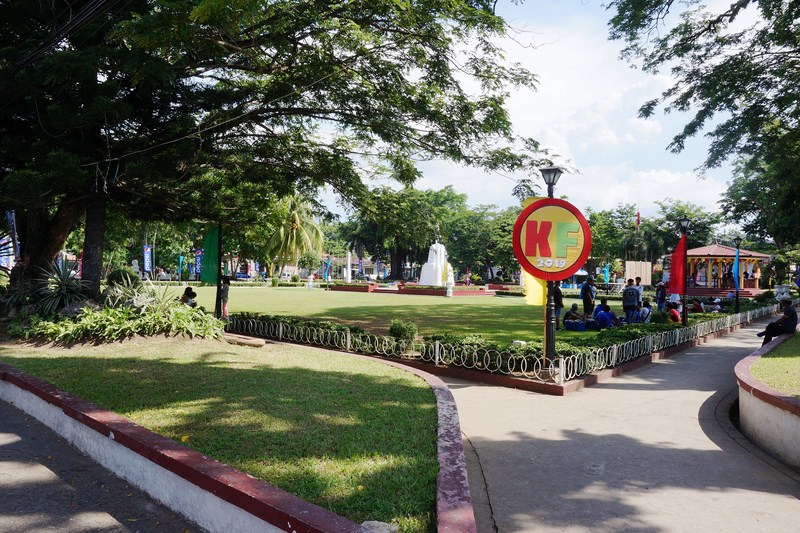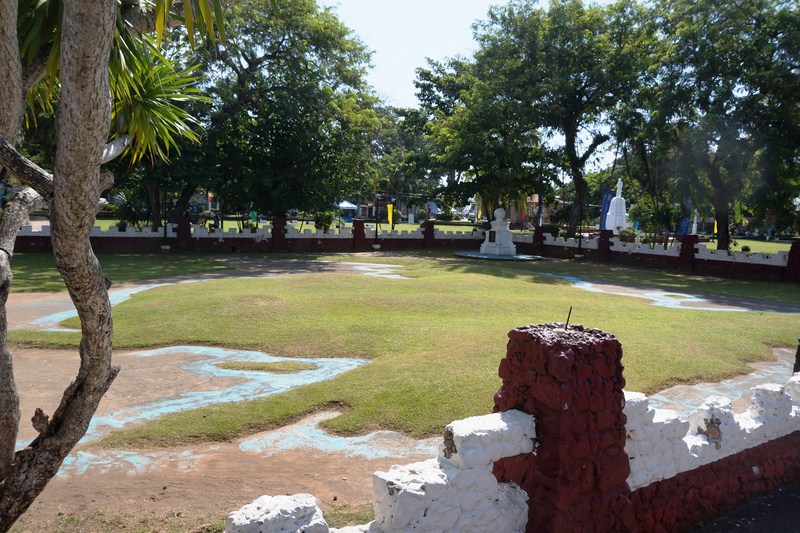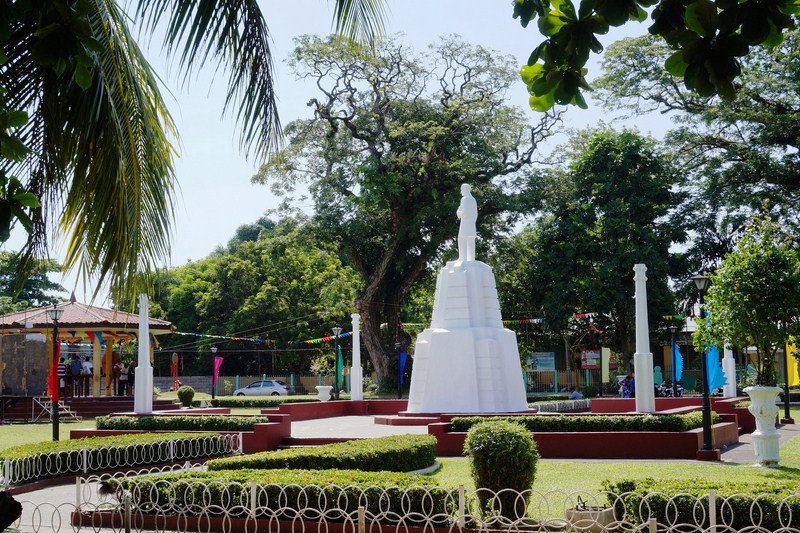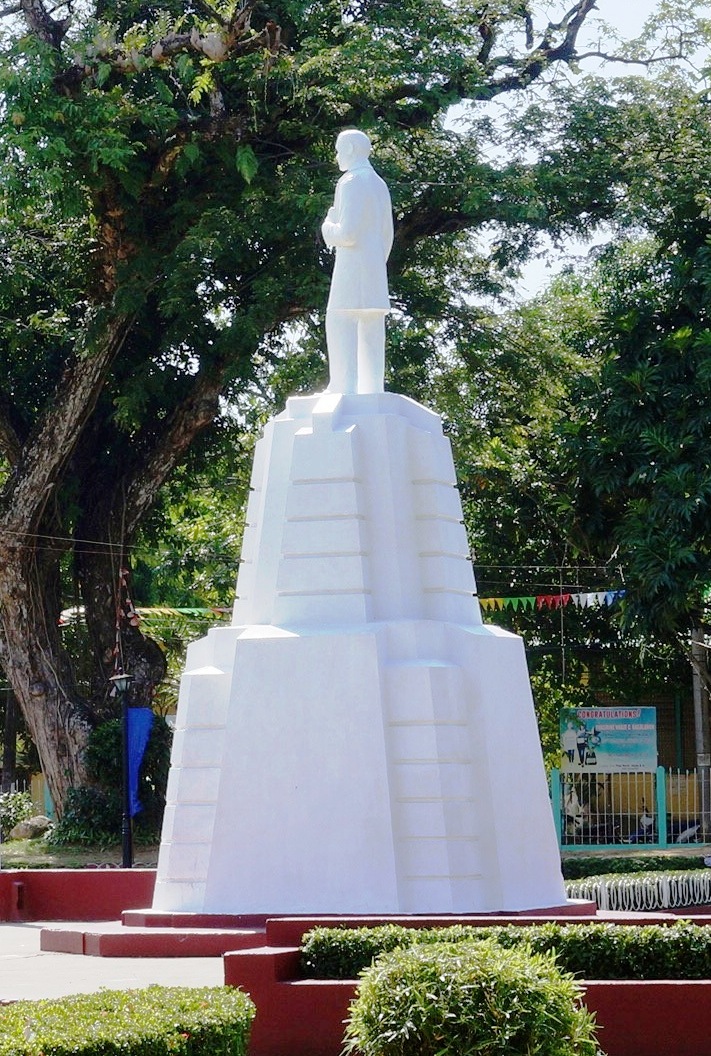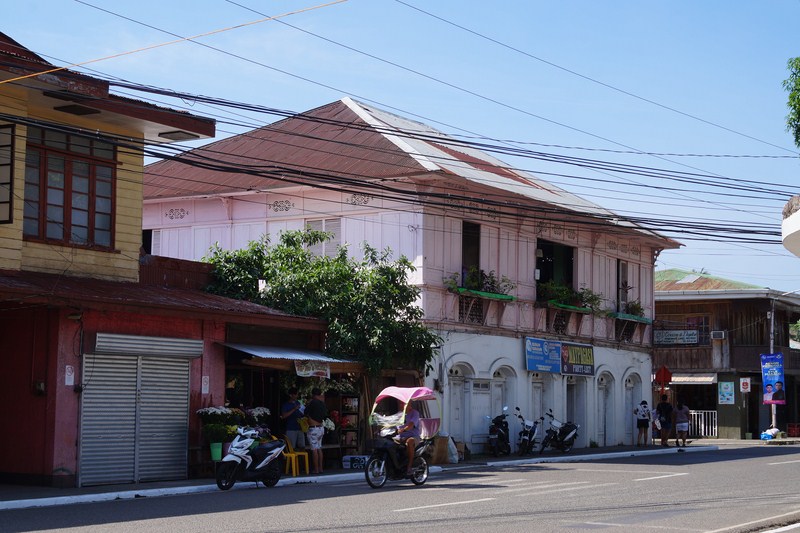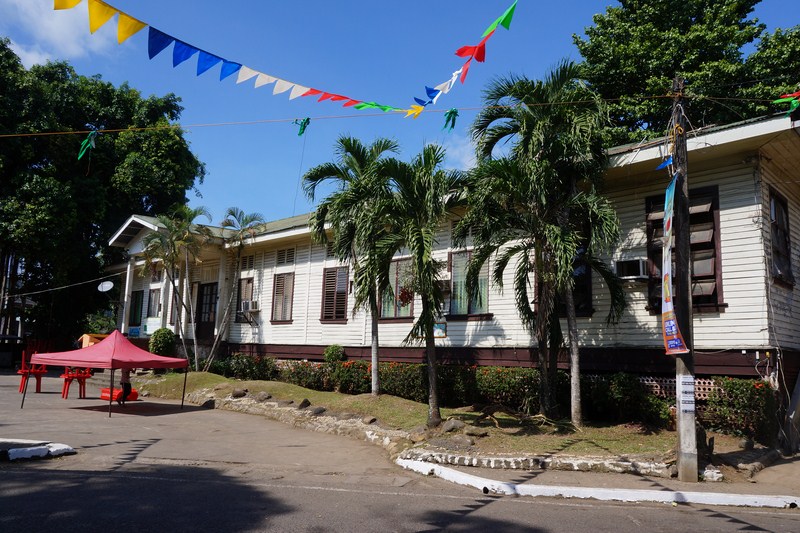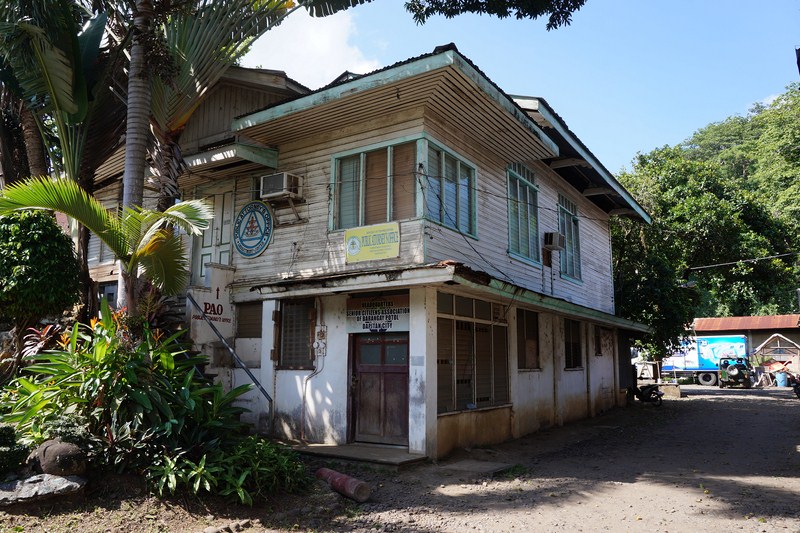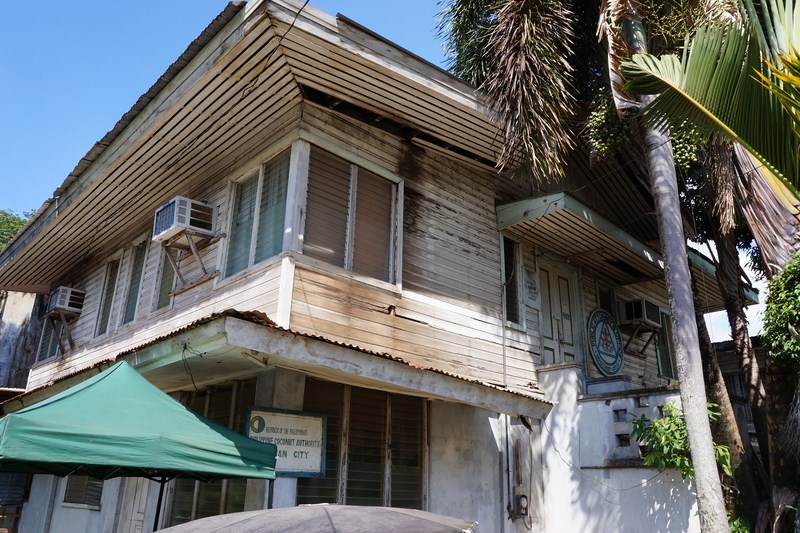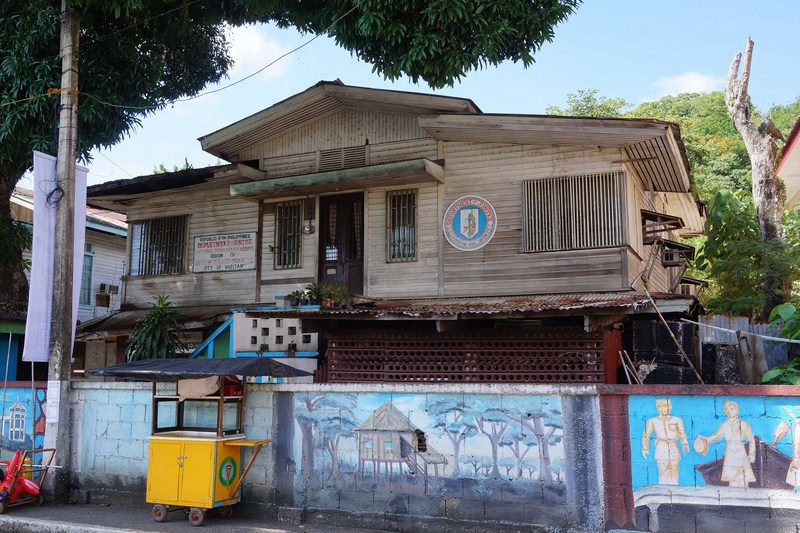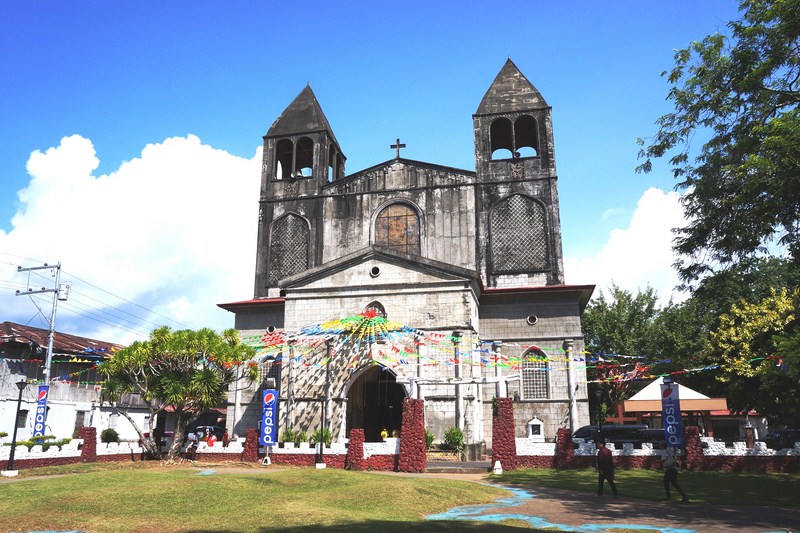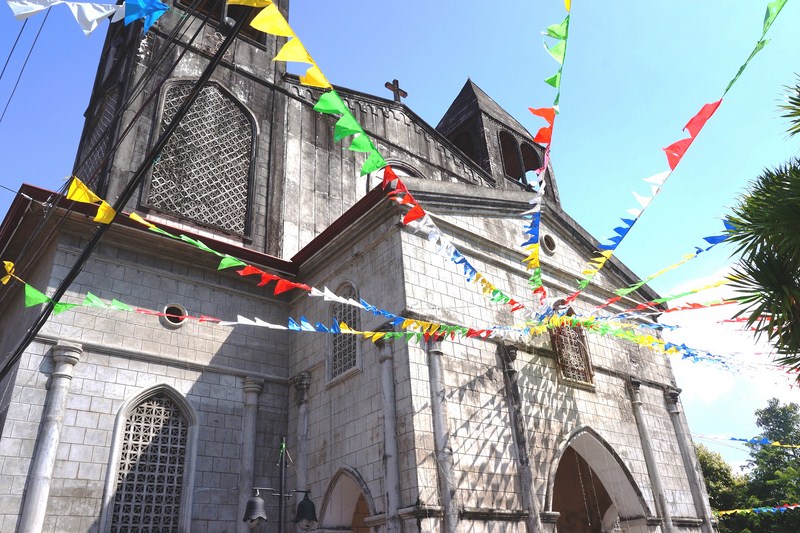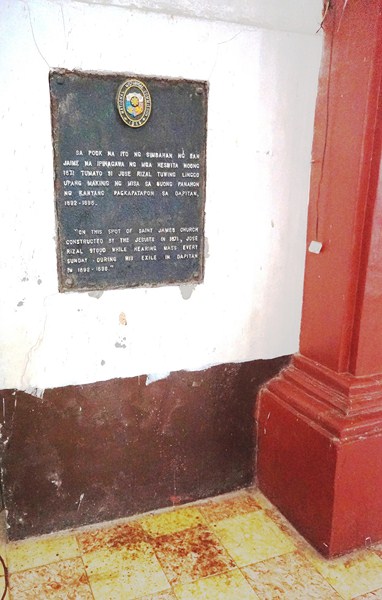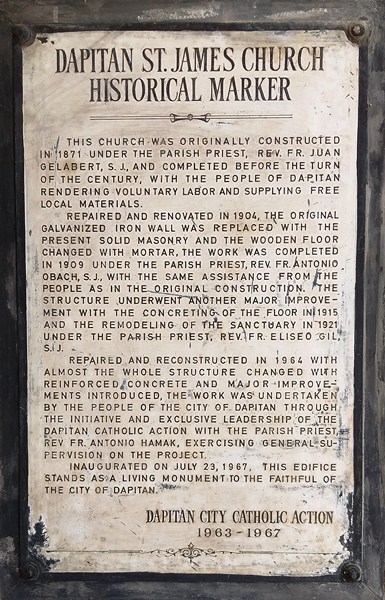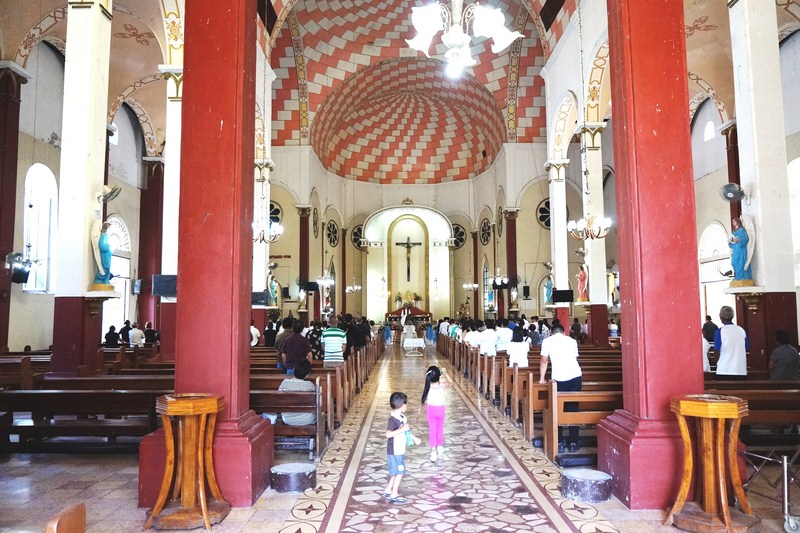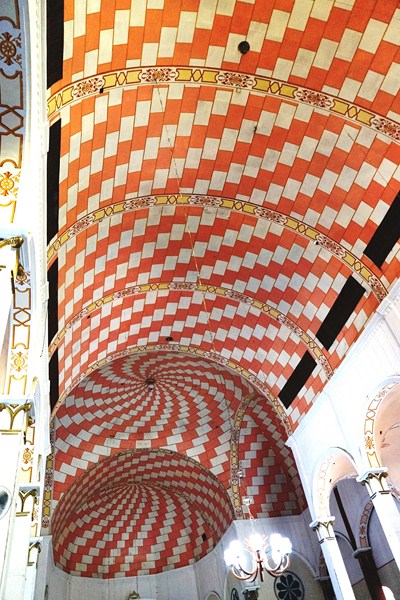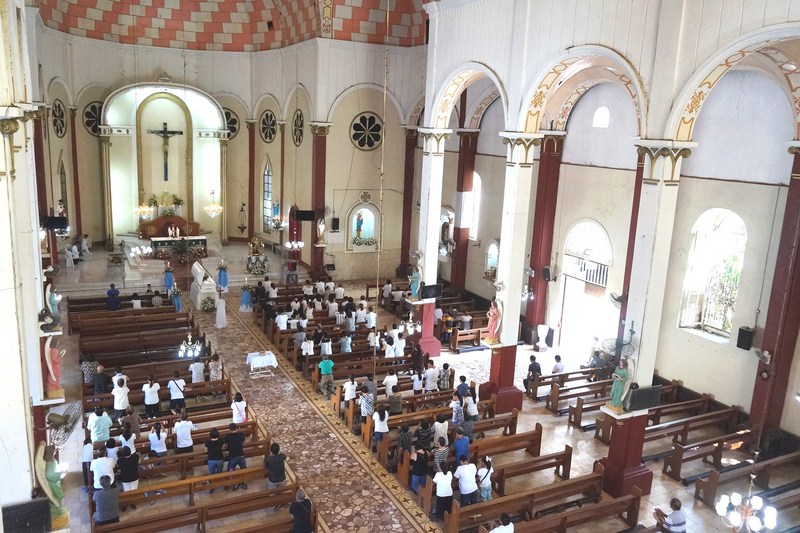The lively and well-loved Taipei Xia-Hai City God Temple, a temple built in 1859 to house the statue of Xia Hai Cheng Huang, the City God God which was brought over from Xia Cheng, Tong An County, Fujian province, China. The losers in the Wanhua feud took this as they fled upstream. Still maintained by a single family to the present day, the temple’s construction and development is closely connected to the history of local residents who migrated from Tong’an County, Fujian. In 1985, the Ministry of the Interior designated the site as a Historical Monument.
Despite currently having a 160 year old history in its current location, it is not the oldest temple in Taipei (the Mengjia Longshan Temple is older). However, unlike the other “older” temples which have had to be completely rebuilt on a few occasions, this one is still the same one you would have seen in 1859 when it was first built, although it has undergone a few renovations over the years.
Each and every day, this temple, one of the busiest places of worship in the city, is constantly jam-packed, both inside and outside, by thousands of people who pray for peace, love and happiness. Tourists, on the other hand, visit to learn more about the city and its history from people who work and volunteer in the temple. They speak a number of languages (Mandarin, English, and Japanese) and are well-versed in explaining its history and, more importantly, how to properly pray and show respect to the City God.
Learning about this place is quite a lot easier than almost all of the other larger temples in the city because the temple provides reading materials to guests free of charge. The temple’s website also has a step-by-step guide on how to pray to the deities.
Little has changed since those days. The temple, close to the Dadao Theater and the Yongle Market in the section of Dihua Street, is a terrific spot to witness folk-worship rituals as well as admire some gorgeous pieces of traditional arts and crafts.
Check out “Dihua Street and Dadaocheng Walking Tour“
Built in the traditional Minnan (southern Chinese) architectural style which can be seen in its curved lines and emphasis on ornamentation, the temple’s decoration includes pottery figures, murals, paintings, mosaic-like cut-and-paste porcelain (jiǎnnián), and Koji ceramics.
The temple houses over six hundred deities, introduced in clear English signs, in its 152 sq. m. (46 ping) of area, resulting in the highest statue density in Taiwan. Some of the temple’s outstanding decorative pieces, aside from the City God, include the Matchmaker (said to have brought together thousands of couples)
The City God’s wife, known as a Chinese Cupid enshrined in 1971, is the recipient of devotees’ pleas concerning affairs of the heart. There are free sweet herbal teas at the temple lobby and recently engaged or married couples usually leave some cookies here.
In the main hall, just before the altar, are clay sculptures showing a man on an elephant holding a pike and chime and another showing a man riding a lion while holding a flag and ball
On the 14th day of the fifth lunar month, the City God’s birthday, features a procession, stretching over a kilometer, of teams from dozens of temples around Taipei send here to entertain the City God in festivities that last five days and gets going around 2 to 3 PM. The performances include lion dances, god dances and martial arts displays.
Taipei Xia-Hai City God Temple: No. 61, Section 1, Dihua Street, Dadaocheng, Datong District, Taipei, Taiwan. Tel: +886 2 2558 0346. E-mail: Ing.tai.wu@gmail.com. Open daily, 6 AM – 9 PM. Admission is free.
How to Get There: Bus: No. 9, 12, 250, 274, 304 or 9 to Yanping; 811 or R33 to Dihua St.; 206, 250, 255, 274, 304, 518, 539, 639, 641, 669 or 704 to Nanjing W. Rd. Via MRT: from Shuanglian Station, take the Red 33 bus to Dihua Street.

